Itinerary
Lying near the head of Southampton Water, a peninsula between the estuaries of the Rivers Test and Itchen, Southampton is Britain’s largest cruise port. It has been one of England’s major ports since the Middle Ages, when it exported wool and hides from the hinterland and imported wine from Bordeaux. The city suffered heavy damage during World War Two and as a result the centre has been extensively rebuilt, but there are still some interesting medieval buildings including the Bargate, one of the finest city gatehouses in England.
Day itinerary:
Home of the ill-fated Titanic departure, Southampton has a long maritime history. Henry V’s fleet bound for the battle of Agincourt left from here, as did the Mayflower (not from Plymouth as many believe) and the great British ocean liners, Queen Elizabeth 2 and Queen Mary both departed on their maiden voyages from the port. So suffice to say, that Southampton is a seafearing place. Today Southampton is the cruise capital of Northern Europe, so expect a city that understands how to have fun. This comes in a variety of ways: a castellated old city that has lots of charm, some excellent museums (the most notable of which is the Sea City Museum) and extensive green spaces. Authentic Tudor remains provide a fascinating insight to 15th century living while other landmarks date back even further. A stroll around the city is generous in its attractions, so there is no better way to see Southampton than on foot. Culture wise, the city’s bustling Guildhall Square is the centre for art, education and food and drink. Southampton’s location of the south coast of England means just a short distance away lie some interesting spots. Pre-historic enigma Stonehenge is less than an hour away while the quintessentially English market town Salisbury is perfect for a bit of shopping. Both are well worth a visit. For those who prefer their entertainment crafted by Mother Nature, a short ride to the New Forest will give you peace; think idyllic glades, ancient woodland, open moors, heathland and cliff top walks.
Day itinerary:
Oh la la! Prepare yourself for a taste of living life a la Francaise in Rouen. Gothic architecture and history at every turn? Wide, leafy squares and timbered Norman houses? Enough French food that will keep your stomach full and tastebuds happy for hours? Yes, Rouen is all that and more. Set on the banks of the Seine and less than two hours from Paris, Rouen is about as French as you can get. The city’s roots go back to the 10th century, when Vikings and Romans laid claim to the city. If you think that the cathedral looks familiar that’s probably because Rouen’s most famous resident Claude Monet painted the city in his many canvases. But well before the impressionist painter immortalised Rouen with his beautiful brushwork, the city was host to many other famous faces. William the Conquerer, Richard the Lionheart, Joan of Arc… take your pick. While the others may have left their hearts metaphorically, Joan actually did leave hers – on a funeral pyre inn 1431. A museum to the Roman Catholic saint opened in 2015. Touring the city by foot is by far the best way to discover the riches of Rouen. The emblematic Gros Horlage (Big Clock) is by far the city’s number one must see but with gothic churches streets at every turn, every sight is a marvel. If you get bored of strolling the cobbled streets, head for the ceramic museum, in the Hôtel d’Hocqueville, for a wonderful collection of Sèvres porcelain. The elegant seaside resort of Deauville, as well as the D-Day beaches are just a short drive away.
Day itinerary:
Oh la la! Prepare yourself for a taste of living life a la Francaise in Rouen. Gothic architecture and history at every turn? Wide, leafy squares and timbered Norman houses? Enough French food that will keep your stomach full and tastebuds happy for hours? Yes, Rouen is all that and more. Set on the banks of the Seine and less than two hours from Paris, Rouen is about as French as you can get. The city’s roots go back to the 10th century, when Vikings and Romans laid claim to the city. If you think that the cathedral looks familiar that’s probably because Rouen’s most famous resident Claude Monet painted the city in his many canvases. But well before the impressionist painter immortalised Rouen with his beautiful brushwork, the city was host to many other famous faces. William the Conquerer, Richard the Lionheart, Joan of Arc… take your pick. While the others may have left their hearts metaphorically, Joan actually did leave hers – on a funeral pyre inn 1431. A museum to the Roman Catholic saint opened in 2015. Touring the city by foot is by far the best way to discover the riches of Rouen. The emblematic Gros Horlage (Big Clock) is by far the city’s number one must see but with gothic churches streets at every turn, every sight is a marvel. If you get bored of strolling the cobbled streets, head for the ceramic museum, in the Hôtel d’Hocqueville, for a wonderful collection of Sèvres porcelain. The elegant seaside resort of Deauville, as well as the D-Day beaches are just a short drive away.
Day itinerary:
Oh la la! Prepare yourself for a taste of living life a la Francaise in Rouen. Gothic architecture and history at every turn? Wide, leafy squares and timbered Norman houses? Enough French food that will keep your stomach full and tastebuds happy for hours? Yes, Rouen is all that and more. Set on the banks of the Seine and less than two hours from Paris, Rouen is about as French as you can get. The city’s roots go back to the 10th century, when Vikings and Romans laid claim to the city. If you think that the cathedral looks familiar that’s probably because Rouen’s most famous resident Claude Monet painted the city in his many canvases. But well before the impressionist painter immortalised Rouen with his beautiful brushwork, the city was host to many other famous faces. William the Conquerer, Richard the Lionheart, Joan of Arc… take your pick. While the others may have left their hearts metaphorically, Joan actually did leave hers – on a funeral pyre inn 1431. A museum to the Roman Catholic saint opened in 2015. Touring the city by foot is by far the best way to discover the riches of Rouen. The emblematic Gros Horlage (Big Clock) is by far the city’s number one must see but with gothic churches streets at every turn, every sight is a marvel. If you get bored of strolling the cobbled streets, head for the ceramic museum, in the Hôtel d’Hocqueville, for a wonderful collection of Sèvres porcelain. The elegant seaside resort of Deauville, as well as the D-Day beaches are just a short drive away.
Amsterdam combines the unrivaled beauty of the 17th-century Golden Age city center with plenty of museums and art of the highest order, not to mention a remarkably laid-back atmosphere. It all comes together to make this one of the world’s most appealing and offbeat metropolises in the world. Built on a latticework of concentric canals like an aquatic rainbow, Amsterdam is known as the City of Canals—but it’s no Venice, content to live on moonlight serenades and former glory. Quite the contrary: on nearly every street here you’ll find old and new side by side—quiet corners where time seems to be holding its breath next to streets like neon-lit Kalverstraat, and Red Light ladies strutting by the city’s oldest church. Indeed, Amsterdam has as many lovely facets as a 40-carat diamond polished by one of the city’s gem cutters. It’s certainly a metropolis, but a rather small and very accessible one. Locals tend to refer to it as a big village, albeit one that happens to pack the cultural wallop of a major world destination. There are scores of concerts every day, numerous museums, summertime festivals, and, of course, a legendary year-round party scene. It’s pretty much impossible to resist Amsterdam’s charms. With 7,000 registered monuments, most of which began as the residences and warehouses of humble merchants, set on 160 man-made canals, and traversed by 1,500 or so bridges, Amsterdam has the largest historical inner city in Europe. Its famous circle of waterways, the grachtengordel, was a 17th-century urban expansion plan for the rich and is a lasting testament to the city’s Golden Age. This town is endearing because of its kinder, gentler nature—but a reputation for championing sex, drugs, and rock ’n’ roll does not alone account for Amsterdam’s being one of the most popular destinations in Europe: consider that within a single square mile the city harbors some of the greatest achievements in Western art, from Rembrandt to Van Gogh. Not to mention that this is one of Europe’s great walking cities, with so many of its treasures in the untouted details: tiny alleyways barely visible on the map, hidden garden courtyards, shop windows, floating houseboats, hidden hofjes(courtyards with almshouses), sudden vistas of church spires, and gabled roofs that look like so many unframed paintings. And don’t forget that the joy lies in details: elaborate gables and witty gable stones denoting the trade of a previous owner. Keep in mind that those XXX symbols you see all over town are not a mark of the city’s triple-X reputation. They’re part of Amsterdam’s official coat of arms—three St. Andrew’s crosses, believed to represent the three dangers that have traditionally plagued the city: flood, fire, and pestilence. The coat’s motto (“Valiant, determined, compassionate”) was introduced in 1947 by Queen Wilhelmina in remembrance of the 1941 February Strike in Amsterdam—the first time in Europe that non-Jewish people protested against the persecution of Jews by the Nazi regime.
Day itinerary:
Open-minded and tolerant Amsterdam is a place for history buffs and hedonists alike and its diverse neighbourhoods have something for everyone – whether it’s the beachside relaxation of Bloemendaal nocturnal thuds of Buiksloterham or characterful charm of Jordaan. 160 serene canals serve as the arteries of this city imbuing it with its unique essence. Cruise along concentric waterways past cherry red and oak-wood cladded houseboats as you learn of its Golden Age history. Culture is also deep in Amsterdam’s DNA and the Van Gogh Museum – which pays tribute to the tortured genius of the Dutch post-impressionist artist – stands out among its leading museums and galleries. Compact and easily walkable Amsterdam remains consistently postcard-perfect as you watch bright bicycles trundling over ornate bridges and stumble across hidden tulip-decorated courtyards. ‘Gezellig’ is the local word for Amsterdam’s unhurried outlook on life. No translation can quite do the concept justice but you’ll recognise it instinctively as hours float by in a happy haze browsing De Negen Straatjes street’s independent shops or as you sip coffee with gooey stroopwafel. Broodje haring – a raw herring sandwich – is Amsterdam’s must-try delicacy but many visitors find tompouce a delicious pastry topped with vivid pink icing a little more to their taste.
Amsterdam combines the unrivaled beauty of the 17th-century Golden Age city center with plenty of museums and art of the highest order, not to mention a remarkably laid-back atmosphere. It all comes together to make this one of the world’s most appealing and offbeat metropolises in the world. Built on a latticework of concentric canals like an aquatic rainbow, Amsterdam is known as the City of Canals—but it’s no Venice, content to live on moonlight serenades and former glory. Quite the contrary: on nearly every street here you’ll find old and new side by side—quiet corners where time seems to be holding its breath next to streets like neon-lit Kalverstraat, and Red Light ladies strutting by the city’s oldest church. Indeed, Amsterdam has as many lovely facets as a 40-carat diamond polished by one of the city’s gem cutters. It’s certainly a metropolis, but a rather small and very accessible one. Locals tend to refer to it as a big village, albeit one that happens to pack the cultural wallop of a major world destination. There are scores of concerts every day, numerous museums, summertime festivals, and, of course, a legendary year-round party scene. It’s pretty much impossible to resist Amsterdam’s charms. With 7,000 registered monuments, most of which began as the residences and warehouses of humble merchants, set on 160 man-made canals, and traversed by 1,500 or so bridges, Amsterdam has the largest historical inner city in Europe. Its famous circle of waterways, the grachtengordel, was a 17th-century urban expansion plan for the rich and is a lasting testament to the city’s Golden Age. This town is endearing because of its kinder, gentler nature—but a reputation for championing sex, drugs, and rock ’n’ roll does not alone account for Amsterdam’s being one of the most popular destinations in Europe: consider that within a single square mile the city harbors some of the greatest achievements in Western art, from Rembrandt to Van Gogh. Not to mention that this is one of Europe’s great walking cities, with so many of its treasures in the untouted details: tiny alleyways barely visible on the map, hidden garden courtyards, shop windows, floating houseboats, hidden hofjes(courtyards with almshouses), sudden vistas of church spires, and gabled roofs that look like so many unframed paintings. And don’t forget that the joy lies in details: elaborate gables and witty gable stones denoting the trade of a previous owner. Keep in mind that those XXX symbols you see all over town are not a mark of the city’s triple-X reputation. They’re part of Amsterdam’s official coat of arms—three St. Andrew’s crosses, believed to represent the three dangers that have traditionally plagued the city: flood, fire, and pestilence. The coat’s motto (“Valiant, determined, compassionate”) was introduced in 1947 by Queen Wilhelmina in remembrance of the 1941 February Strike in Amsterdam—the first time in Europe that non-Jewish people protested against the persecution of Jews by the Nazi regime.
Day itinerary:
Open-minded and tolerant Amsterdam is a place for history buffs and hedonists alike and its diverse neighbourhoods have something for everyone – whether it’s the beachside relaxation of Bloemendaal nocturnal thuds of Buiksloterham or characterful charm of Jordaan. 160 serene canals serve as the arteries of this city imbuing it with its unique essence. Cruise along concentric waterways past cherry red and oak-wood cladded houseboats as you learn of its Golden Age history. Culture is also deep in Amsterdam’s DNA and the Van Gogh Museum – which pays tribute to the tortured genius of the Dutch post-impressionist artist – stands out among its leading museums and galleries. Compact and easily walkable Amsterdam remains consistently postcard-perfect as you watch bright bicycles trundling over ornate bridges and stumble across hidden tulip-decorated courtyards. ‘Gezellig’ is the local word for Amsterdam’s unhurried outlook on life. No translation can quite do the concept justice but you’ll recognise it instinctively as hours float by in a happy haze browsing De Negen Straatjes street’s independent shops or as you sip coffee with gooey stroopwafel. Broodje haring – a raw herring sandwich – is Amsterdam’s must-try delicacy but many visitors find tompouce a delicious pastry topped with vivid pink icing a little more to their taste.
Hamburg is Germany’s second-largest city with a history dating back to Charlemagne. A major port, this vibrant city is home to art and culture, extensive shopping facilities, Baroque buildings and waterfront vistas. With its well-known fish market, art galleries and Museums together with several beautiful parks including a botanical garden, this is a city with something for everyone. British visitors who remember the Swinging Sixties may like to visit the streets around Grosse Freiheit, where an unknown pop group called The Beatles gave their first public performances in various local clubs before achieving worldwide fame.
Day itinerary:
Nestled snugly between the Baltic and North seas Germany’s second-biggest city is intersected by a frayed network of rivers and canals spanned by hundreds of pretty bridges. This quirky heritage-filled city has a distinct character and open outlook all of its own and continues to relish its role as Germany’s gateway to the world. The water brought Hamburg its wealth and vast redbrick warehouses stack up against the waterfront in the Speicherstadt district – now a UNESCO World Heritage Site. They linger from the era when the city was a Hanseatic League trading capital and the warehouses essentially formed a city unto themselves with goods brought and exchanged from distant shores. Elsewhere the Reeperbahn is a notorious and unabashed street of nocturnal mischief with shifty neon-lit nightclubs in amongst the city’s famous red-light district. Hamburg has a much more wholesome side too however and is a powerhouse of museums theatre and culture. It’s littered with over 100 music venues and the city played a crucial role in The Beatles’ early story. The spectacular Elbphilharmonie concert hall with its wavy surrealistic interior is a work of art in and of itself. The city has been named a European Green Capital and the vast Lake Alster adds to the airy pleasant atmosphere providing a spacious oasis of tranquillity. Planten un Blomen is another burst of zesty colour where fountains fan out and lilypads float on rhododendron-lined lakes.
Hamburg is Germany’s second-largest city with a history dating back to Charlemagne. A major port, this vibrant city is home to art and culture, extensive shopping facilities, Baroque buildings and waterfront vistas. With its well-known fish market, art galleries and Museums together with several beautiful parks including a botanical garden, this is a city with something for everyone. British visitors who remember the Swinging Sixties may like to visit the streets around Grosse Freiheit, where an unknown pop group called The Beatles gave their first public performances in various local clubs before achieving worldwide fame.
Day itinerary:
Nestled snugly between the Baltic and North seas Germany’s second-biggest city is intersected by a frayed network of rivers and canals spanned by hundreds of pretty bridges. This quirky heritage-filled city has a distinct character and open outlook all of its own and continues to relish its role as Germany’s gateway to the world. The water brought Hamburg its wealth and vast redbrick warehouses stack up against the waterfront in the Speicherstadt district – now a UNESCO World Heritage Site. They linger from the era when the city was a Hanseatic League trading capital and the warehouses essentially formed a city unto themselves with goods brought and exchanged from distant shores. Elsewhere the Reeperbahn is a notorious and unabashed street of nocturnal mischief with shifty neon-lit nightclubs in amongst the city’s famous red-light district. Hamburg has a much more wholesome side too however and is a powerhouse of museums theatre and culture. It’s littered with over 100 music venues and the city played a crucial role in The Beatles’ early story. The spectacular Elbphilharmonie concert hall with its wavy surrealistic interior is a work of art in and of itself. The city has been named a European Green Capital and the vast Lake Alster adds to the airy pleasant atmosphere providing a spacious oasis of tranquillity. Planten un Blomen is another burst of zesty colour where fountains fan out and lilypads float on rhododendron-lined lakes.
By the 11th century, Copenhagen was already an important trading and fishing centre and today you will find an attractive city which, although the largest in Scandinavia, has managed to retain its low-level skyline. Discover some of the famous attractions including Gefion Fountain and Amalienborg Palace, perhaps cruise the city’s waterways, visit Rosenborg Castle or explore the medieval fishing village of Dragoer. Once the home of Hans Christian Andersen, Copenhagen features many reminders of its fairytale heritage and lives up to the reputation immortalised in the famous song ‘Wonderful Copenhagen’.
Day itinerary:
Effortlessly cool and down to earth, Copenhagen is a contemporary, clean and classy highlight of Scandinavia. A city built to be liveable, Copenhagen has refused to compromise, resulting in a forward-thinking metropolis that’s green and clean. Swim in the waters of Havnebadet Islands during summer, or shelter from winter’s bite by snuggling in beside a roaring open fire during winter. You can even hop on a train to Sweden, traversing the famous span of a Nordic Noir star – the Öresund Bridge. It takes just a touch over half an hour to step off the train in Malmö. There’s only one way to truly explore Copenhagen and that’s on two wheels. Easy bike hire schemes will get you moving across this flat city, designed with bikes at the forefront of the mind. Choose a model with electronic assistance to take the strain out of any journey, giving you the freedom to whizz around and explore the modern angular architecture of the centre, and the pastoral colours of Nyhavn waterfront. Head out to the Little Mermaid statue, inspired by Hans Christian Andersen’s fairy tale – the strikingly-restrained statue is the perfect landmark for Copenhagen; unshowy, self-assured and utterly irresistible. The Danish concept of hygge is very much alive here, and you’ll feel that warm cosy feeling as you visit cafes illuminated by the warm glow of hanging filament bulbs, and stuffed to the brim with thick, dusty books. Home to mega-brewer Carlsberg, Copenhagen is also a city for hop enthusiasts, and there is a thriving craft brewing scene to sample. Danish Smørrebrød sandwiches are a must try, or for something a little more substantial, settle in for a culinary voyage and try a taster menu – the city’s restaurants are littered with Michelin stars.
By the 11th century, Copenhagen was already an important trading and fishing centre and today you will find an attractive city which, although the largest in Scandinavia, has managed to retain its low-level skyline. Discover some of the famous attractions including Gefion Fountain and Amalienborg Palace, perhaps cruise the city’s waterways, visit Rosenborg Castle or explore the medieval fishing village of Dragoer. Once the home of Hans Christian Andersen, Copenhagen features many reminders of its fairytale heritage and lives up to the reputation immortalised in the famous song ‘Wonderful Copenhagen’.
Day itinerary:
Effortlessly cool and down to earth, Copenhagen is a contemporary, clean and classy highlight of Scandinavia. A city built to be liveable, Copenhagen has refused to compromise, resulting in a forward-thinking metropolis that’s green and clean. Swim in the waters of Havnebadet Islands during summer, or shelter from winter’s bite by snuggling in beside a roaring open fire during winter. You can even hop on a train to Sweden, traversing the famous span of a Nordic Noir star – the Öresund Bridge. It takes just a touch over half an hour to step off the train in Malmö. There’s only one way to truly explore Copenhagen and that’s on two wheels. Easy bike hire schemes will get you moving across this flat city, designed with bikes at the forefront of the mind. Choose a model with electronic assistance to take the strain out of any journey, giving you the freedom to whizz around and explore the modern angular architecture of the centre, and the pastoral colours of Nyhavn waterfront. Head out to the Little Mermaid statue, inspired by Hans Christian Andersen’s fairy tale – the strikingly-restrained statue is the perfect landmark for Copenhagen; unshowy, self-assured and utterly irresistible. The Danish concept of hygge is very much alive here, and you’ll feel that warm cosy feeling as you visit cafes illuminated by the warm glow of hanging filament bulbs, and stuffed to the brim with thick, dusty books. Home to mega-brewer Carlsberg, Copenhagen is also a city for hop enthusiasts, and there is a thriving craft brewing scene to sample. Danish Smørrebrød sandwiches are a must try, or for something a little more substantial, settle in for a culinary voyage and try a taster menu – the city’s restaurants are littered with Michelin stars.
A city of the sea, Helsinki was built along a series of oddly shaped peninsulas and islands jutting into the Baltic coast along the Gulf of Finland. Streets and avenues curve around bays, bridges reach to nearby islands, and ferries ply among offshore islands.Having grown dramatically since World War II, Helsinki now absorbs more than one-tenth of the Finnish population. The metro area covers 764 square km (474 square miles) and 315 islands. Most sights, hotels, and restaurants cluster on one peninsula, forming a compact central hub. The greater Helsinki metropolitan area, which includes Espoo and Vantaa, has a total population of more than a million people.Helsinki is a relatively young city compared with other European capitals. In the 16th century, King Gustav Vasa of Sweden decided to woo trade from the Estonian city of Tallinn and thus challenge the Hanseatic League’s monopoly on Baltic trade. Accordingly, he commanded the people of four Finnish towns to pack up their belongings and relocate to the rapids on the River Vantaa. The new town, founded on June 12, 1550, was named Helsinki.For three centuries, Helsinki (Helsingfors in Swedish) had its ups and downs as a trading town. Turku, to the west, remained Finland’s capital and intellectual center. However, Helsinki’s fortunes improved when Finland fell under Russian rule as an autonomous grand duchy. Czar Alexander I wanted Finland’s political center closer to Russia and, in 1812, selected Helsinki as the new capital. Shortly afterward, Turku suffered a disastrous fire, forcing the university to move to Helsinki. The town’s future was secure.Just before the czar’s proclamation, a fire destroyed many of Helsinki’s traditional wooden structures, precipitating the construction of new buildings suitable for a nation’s capital. The German-born architect Carl Ludvig Engel was commissioned to rebuild the city, and as a result, Helsinki has some of the purest neoclassical architecture in the world. Add to this foundation the influence of Stockholm and St. Petersburg with the local inspiration of 20th-century Finnish design, and the result is a European capital city that is as architecturally eye-catching as it is distinct from other Scandinavian capitals. You are bound to discover endless engaging details—a grimacing gargoyle; a foursome of males supporting a balcony’s weight on their shoulders; a building painted in striking colors with contrasting flowers in the windows. The city’s 400 or so parks make it particularly inviting in summer.Today, Helsinki is still a meeting point of eastern and western Europe, which is reflected in its cosmopolitan image, the influx of Russians and Estonians, and generally multilingual population. Outdoor summer bars (“terrassit” as the locals call them) and cafés in the city center are perfect for people watching on a summer afternoon.
Day itinerary:
A thriving flawlessly-designed seaside city Helsinki is famously livable and inspiring. A regional powerhouse of outstanding design and creativity Helsinki lies across a confetti scattering of 300 islands and skerries in the Gulf of Finland. Known for the light granite hue of its buildings – which lend the city a bright whitewashed appearance – traditional buildings mingle seamlessly with bold new structures showcasing Finland’s celebrated design outlook. Helsinki Cathedral is the crowning glory – rising high over the city’s waterfront with its pearly white domes gleaming. A city that reveres knowledge and creativity above all else artworks and statues litter the streets and parks honouring creative minds of the past. Open parks offer space to lie back and soak up summer’s sun while sculptures like the abstract organs of the Sibelius Monument celebrate national heroes like composer Jean Sibelius – whose music gave Finland national identity in the quest for independence. Feel the stunning acoustics of the incredible Rock Church deep in your gut as you witness a performance in this collaboration between man and nature. Helsinki’s easy-going forward-thinking way of life was hard fought for and the spectacular Suomenlinna fortress rears out of the waves as a reminder of the historical struggles that have played out in this stretch of sea. Sail out to the quaint little beaches and waterfront pathways that now lend a calm peaceful ambience to this UNESCO World Heritage Site.
Estonia’s history is sprinkled liberally with long stretches of foreign domination, beginning in 1219 with the Danes, followed without interruption by the Germans, Swedes, and Russians. Only after World War I, with Russia in revolutionary wreckage, was Estonia able to declare its independence. Shortly before World War II, in 1940, that independence was usurped by the Soviets, who—save for a brief three-year occupation by Hitler’s Nazis—proceeded to suppress all forms of national Estonian pride for the next 50 years. Estonia finally regained independence in 1991. In the early 1990s, Estonia’s own Riigikogu (Parliament), not some other nation’s puppet ruler, handed down from the Upper City reforms that forced Estonia to blaze its post-Soviet trail to the European Union. Estonia has been a member of the EU since 2004, and in 2011, the country and its growing economy joined the Eurozone. Tallinn was also named the European City of Culture in 2011, cementing its growing reputation as a cultural hot spot.
Day itinerary:
A fairytale city of new and old Tallinn boasts one of the best-preserved UNESCO listed old towns in Northern Europe and balances the traditional and contemporary astutely. A beautiful Baltic capital of storied culture and history Tallinn is riding the wave of a burgeoning reputation as Europe’s hidden gem and it boasts a picturesque allure that few cities can rival. The European City of Culture award in 2011 was a symbol of the country’s increasing integration with the European Union and offered Tallinn a chance to showcase and upgrade its cultural marvels. Walk into the old town through Viru Gates past flower vendors and the smells of roasting nuts. Town Hall Square is the heart and soul of Tallinn and when you walk the narrow cobbled streets that open out into it you’re walking the same pathways that Tallinn’s people have walked since the 13th century. Surrounded by practically complete medieval walls lose yourself in deep museums and visit pretty churches like St. Olaf church – one of the city’s most famous with its sharp green spire puncturing the sky. Head to Kohtuotsa platform in the upper town for views of the city’s sea of red roofs interrupted by church towers and rounded turrets. From here climb Toompea Castle’s central hill before visiting the Alexander Nevsky Cathedral – easily recognisable by its bold colours and trio of black onion domes.
Estonia’s history is sprinkled liberally with long stretches of foreign domination, beginning in 1219 with the Danes, followed without interruption by the Germans, Swedes, and Russians. Only after World War I, with Russia in revolutionary wreckage, was Estonia able to declare its independence. Shortly before World War II, in 1940, that independence was usurped by the Soviets, who—save for a brief three-year occupation by Hitler’s Nazis—proceeded to suppress all forms of national Estonian pride for the next 50 years. Estonia finally regained independence in 1991. In the early 1990s, Estonia’s own Riigikogu (Parliament), not some other nation’s puppet ruler, handed down from the Upper City reforms that forced Estonia to blaze its post-Soviet trail to the European Union. Estonia has been a member of the EU since 2004, and in 2011, the country and its growing economy joined the Eurozone. Tallinn was also named the European City of Culture in 2011, cementing its growing reputation as a cultural hot spot.
Day itinerary:
A fairytale city of new and old Tallinn boasts one of the best-preserved UNESCO listed old towns in Northern Europe and balances the traditional and contemporary astutely. A beautiful Baltic capital of storied culture and history Tallinn is riding the wave of a burgeoning reputation as Europe’s hidden gem and it boasts a picturesque allure that few cities can rival. The European City of Culture award in 2011 was a symbol of the country’s increasing integration with the European Union and offered Tallinn a chance to showcase and upgrade its cultural marvels. Walk into the old town through Viru Gates past flower vendors and the smells of roasting nuts. Town Hall Square is the heart and soul of Tallinn and when you walk the narrow cobbled streets that open out into it you’re walking the same pathways that Tallinn’s people have walked since the 13th century. Surrounded by practically complete medieval walls lose yourself in deep museums and visit pretty churches like St. Olaf church – one of the city’s most famous with its sharp green spire puncturing the sky. Head to Kohtuotsa platform in the upper town for views of the city’s sea of red roofs interrupted by church towers and rounded turrets. From here climb Toompea Castle’s central hill before visiting the Alexander Nevsky Cathedral – easily recognisable by its bold colours and trio of black onion domes.
Stockholm is a city in the flush of its second youth. Since the mid-1990s, Sweden’s capital has emerged from its cold, Nordic shadow to take the stage as a truly international city. What started with entry into the European Union in 1995 gained pace with the extraordinary IT boom of the late 1990s, strengthened with the Skype-led IT second wave of 2003, and solidified with the hedge-fund invasion that is still happening today as Stockholm gains even more global confidence. And despite more recent economic turmoil, Stockholm’s 1 million or so inhabitants have, almost as one, realized that their city is one to rival Paris, London, New York, or any other great metropolis.With this realization comes change. Stockholm has become a city of design, fashion, innovation, technology, and world-class food, pairing homegrown talent with an international outlook. The streets are flowing with a young and confident population keen to drink in everything the city has to offer. The glittering feeling of optimism, success, and living in the here and now is rampant in Stockholm.Stockholm also has plenty of history. Positioned where the waters of Lake Mälaren rush into the Baltic, it’s been an important trading site and a wealthy international city for centuries. Built on 14 islands joined by bridges crossing open bays and narrow channels, Stockholm boasts the story of its history in its glorious medieval old town, grand palaces, ancient churches, sturdy edifices, public parks, and 19th-century museums—its history is soaked into the very fabric of its airy boulevards, built as a public display of trading glory.
Day itinerary:
Stylish Stockholm has enough to occupy you for a lifetime from cathedral-like food markets to simmering baths and natural escapes. Visit the staggeringly beautiful interior of Stockholm’s City Hall or learn more about one of Sweden’s best-known exports – with a visit to the ABBA museum. The history is deep and the architecture typically stylish as you explore this capital of Scandi cool. The Gamla Stan old town is a storied historic core of cobbled streets and brightly hued towering townhouses standing side by side. Attractive squares fill with the smells of fried herring from traditional restaurants while the latest culinary trends sweep through the city’s revered kitchens. Breathe in the crisp clean air and relish the tranquillity and atmosphere of a truly great and grand Baltic city. Stockholm’s visitors and residents spill outdoors in the summertime to the city’s beaches and the archipelago’s scattering of 24 000 islands and islets nearby. Steamboats puff scenic routes between them. Stockholm itself sprawls across 14 islands interlinked with dozens of arching bridges. Shimmering canals and leafy green parks offer peace and sanctuary within the city while trendy bars coffee shops and rooftop cocktail joints add to the hip and happening appeal. Stockholm’s bustling shopping streets also showcase cutting edge trends for the fashion-conscious.
Stockholm is a city in the flush of its second youth. Since the mid-1990s, Sweden’s capital has emerged from its cold, Nordic shadow to take the stage as a truly international city. What started with entry into the European Union in 1995 gained pace with the extraordinary IT boom of the late 1990s, strengthened with the Skype-led IT second wave of 2003, and solidified with the hedge-fund invasion that is still happening today as Stockholm gains even more global confidence. And despite more recent economic turmoil, Stockholm’s 1 million or so inhabitants have, almost as one, realized that their city is one to rival Paris, London, New York, or any other great metropolis.With this realization comes change. Stockholm has become a city of design, fashion, innovation, technology, and world-class food, pairing homegrown talent with an international outlook. The streets are flowing with a young and confident population keen to drink in everything the city has to offer. The glittering feeling of optimism, success, and living in the here and now is rampant in Stockholm.Stockholm also has plenty of history. Positioned where the waters of Lake Mälaren rush into the Baltic, it’s been an important trading site and a wealthy international city for centuries. Built on 14 islands joined by bridges crossing open bays and narrow channels, Stockholm boasts the story of its history in its glorious medieval old town, grand palaces, ancient churches, sturdy edifices, public parks, and 19th-century museums—its history is soaked into the very fabric of its airy boulevards, built as a public display of trading glory.
Day itinerary:
Stylish Stockholm has enough to occupy you for a lifetime from cathedral-like food markets to simmering baths and natural escapes. Visit the staggeringly beautiful interior of Stockholm’s City Hall or learn more about one of Sweden’s best-known exports – with a visit to the ABBA museum. The history is deep and the architecture typically stylish as you explore this capital of Scandi cool. The Gamla Stan old town is a storied historic core of cobbled streets and brightly hued towering townhouses standing side by side. Attractive squares fill with the smells of fried herring from traditional restaurants while the latest culinary trends sweep through the city’s revered kitchens. Breathe in the crisp clean air and relish the tranquillity and atmosphere of a truly great and grand Baltic city. Stockholm’s visitors and residents spill outdoors in the summertime to the city’s beaches and the archipelago’s scattering of 24 000 islands and islets nearby. Steamboats puff scenic routes between them. Stockholm itself sprawls across 14 islands interlinked with dozens of arching bridges. Shimmering canals and leafy green parks offer peace and sanctuary within the city while trendy bars coffee shops and rooftop cocktail joints add to the hip and happening appeal. Stockholm’s bustling shopping streets also showcase cutting edge trends for the fashion-conscious.
Stockholm is a city in the flush of its second youth. Since the mid-1990s, Sweden’s capital has emerged from its cold, Nordic shadow to take the stage as a truly international city. What started with entry into the European Union in 1995 gained pace with the extraordinary IT boom of the late 1990s, strengthened with the Skype-led IT second wave of 2003, and solidified with the hedge-fund invasion that is still happening today as Stockholm gains even more global confidence. And despite more recent economic turmoil, Stockholm’s 1 million or so inhabitants have, almost as one, realized that their city is one to rival Paris, London, New York, or any other great metropolis.With this realization comes change. Stockholm has become a city of design, fashion, innovation, technology, and world-class food, pairing homegrown talent with an international outlook. The streets are flowing with a young and confident population keen to drink in everything the city has to offer. The glittering feeling of optimism, success, and living in the here and now is rampant in Stockholm.Stockholm also has plenty of history. Positioned where the waters of Lake Mälaren rush into the Baltic, it’s been an important trading site and a wealthy international city for centuries. Built on 14 islands joined by bridges crossing open bays and narrow channels, Stockholm boasts the story of its history in its glorious medieval old town, grand palaces, ancient churches, sturdy edifices, public parks, and 19th-century museums—its history is soaked into the very fabric of its airy boulevards, built as a public display of trading glory.
Day itinerary:
Stylish Stockholm has enough to occupy you for a lifetime from cathedral-like food markets to simmering baths and natural escapes. Visit the staggeringly beautiful interior of Stockholm’s City Hall or learn more about one of Sweden’s best-known exports – with a visit to the ABBA museum. The history is deep and the architecture typically stylish as you explore this capital of Scandi cool. The Gamla Stan old town is a storied historic core of cobbled streets and brightly hued towering townhouses standing side by side. Attractive squares fill with the smells of fried herring from traditional restaurants while the latest culinary trends sweep through the city’s revered kitchens. Breathe in the crisp clean air and relish the tranquillity and atmosphere of a truly great and grand Baltic city. Stockholm’s visitors and residents spill outdoors in the summertime to the city’s beaches and the archipelago’s scattering of 24 000 islands and islets nearby. Steamboats puff scenic routes between them. Stockholm itself sprawls across 14 islands interlinked with dozens of arching bridges. Shimmering canals and leafy green parks offer peace and sanctuary within the city while trendy bars coffee shops and rooftop cocktail joints add to the hip and happening appeal. Stockholm’s bustling shopping streets also showcase cutting edge trends for the fashion-conscious.
Oslo is the capital of Norway and is also its largest city, situated at the head of Oslo Fjord and surrounded by hills and forests. Home to some 50 museums and full of galleries, cafés, a sculpture park and the Royal Palace, this vibrant city with its handsome 19th-century buildings and wide streets has much to offer. Its history dates back 1,000 years, and includes a rich seafaring heritage that ranges from the Viking era to Thor Heyerdahl’s Kon Tiki expedition. Discover more about this exciting city on our varied selection of excursions.
Day itinerary:
Norway’s capital is a beautiful, stirring city – where old and new blends with thoughtful harmony. You’ll find maritime history mixing with trendy art galleries and cafes, while modernist architecture meets traditional palaces and historic sites. Unafraid to reinvent and evolve, visit a former prison that’s now a stylish gathering of galleries, or the grubby docklands that is now an urban-cool hangout spot. Ever-expanding, but with a green and progressive outlook, Oslo is urban planning done right. An outdoor city, where the sun shines until late in the summer, locals swarm to its green spaces – or the surrounding countryside to embark on natural adventures amid the sprawling mountains and lakes. Oslo City Hall pays tribute to the pioneers of peace and humanity, with the Nobel Peace Prize awarded here each year, and the winners honoured within. The beautiful Royal Palace caps the central Slottsplassen square and sparkles amid splashing fountains and peaceful gardens. The city’s contemporary buildings also gleam in summer’s sunshine, with the waterside Opera House boasting a particularly evocative, forward-thinking design. Its sleek white roof slopes gently upwards from ground level, inviting visitors to rise above and admire views of the island-sprinkled harbour. Oslofjord’s islands are stacked with more museums, celebrating everything from simple folk arts to adventurous seafaring traditions. See a mighty wooden Viking ship in full, with 800 years worth of history etched into its wooden boughs.
Oslo is the capital of Norway and is also its largest city, situated at the head of Oslo Fjord and surrounded by hills and forests. Home to some 50 museums and full of galleries, cafés, a sculpture park and the Royal Palace, this vibrant city with its handsome 19th-century buildings and wide streets has much to offer. Its history dates back 1,000 years, and includes a rich seafaring heritage that ranges from the Viking era to Thor Heyerdahl’s Kon Tiki expedition. Discover more about this exciting city on our varied selection of excursions.
Day itinerary:
Norway’s capital is a beautiful, stirring city – where old and new blends with thoughtful harmony. You’ll find maritime history mixing with trendy art galleries and cafes, while modernist architecture meets traditional palaces and historic sites. Unafraid to reinvent and evolve, visit a former prison that’s now a stylish gathering of galleries, or the grubby docklands that is now an urban-cool hangout spot. Ever-expanding, but with a green and progressive outlook, Oslo is urban planning done right. An outdoor city, where the sun shines until late in the summer, locals swarm to its green spaces – or the surrounding countryside to embark on natural adventures amid the sprawling mountains and lakes. Oslo City Hall pays tribute to the pioneers of peace and humanity, with the Nobel Peace Prize awarded here each year, and the winners honoured within. The beautiful Royal Palace caps the central Slottsplassen square and sparkles amid splashing fountains and peaceful gardens. The city’s contemporary buildings also gleam in summer’s sunshine, with the waterside Opera House boasting a particularly evocative, forward-thinking design. Its sleek white roof slopes gently upwards from ground level, inviting visitors to rise above and admire views of the island-sprinkled harbour. Oslofjord’s islands are stacked with more museums, celebrating everything from simple folk arts to adventurous seafaring traditions. See a mighty wooden Viking ship in full, with 800 years worth of history etched into its wooden boughs.
Surrounded by mountains and sparkling fjords, the waterside city of Bergen has a spectacular setting. There has been a settlement here since medieval times and the colourful waterfront buildings of the Hanseatic wharf, known as Bryggen, are testament to its fascinating history of trade. As Norway’s best known medieval settlement, the Bryggen is listed by UNESCO as a World Heritage Site. Our comprehensive selection of excursions allows you to discover the many sides of Bergen, such as the fish market and narrow cobbled streets, as well as stunning views of the city from the summit of Mt Fløyen. Alternatively, those who have visited the city previously may like to experience one of the tours that travel further afield. Just 300 yards from the main piers, you will find the Fortress Museum (Fesningsmuseum), which has an interesting collection of objects related to World War II.
Day itinerary:
The crooked, pastel-coloured warehouses of Bergen’s World Heritage waterfront lean together charmingly, welcoming visitors to this city at the heart of Norway’s most extraordinary cinematic landscapes. It may be the country’s second largest city, but the villagey feel here always provides a warm welcome – even when the weather is living up to its famously damp reputation. Bergen’s colourful waterfront, Bryggen, is a ramshackle line-up of incredible Hanseatic warehouses, built following the devastating fire of 1702, which ransacked the city. These iconic warehouses have stood proudly ever since, with Bergen growing and expanding around the colourful facades. Behind them, a labyrinth of narrow alleyways and wooden decking waits, alive with artisan craft shops and bustling galleries. Fløyen mountain watches over the city, and you can take a short but steep hike up to the panoramic viewpoints, or jump on the funicular, which trundles visitors up and down the incline. At the top, spectacular views of Bergen jutting out into the dark seas below unfold before your eyes. Wait until evening to see the sunset painting glorious golden light across the city and waves, and Bergen’s lights flickering into life. Nærøyfjorden, a deeply etched fjord nearby, is perhaps Norway’s most photographed and iconic piece of scenery. A cruise through the base of this spectacular narrow fjord, parting the glass-smooth inky waters, is an utterly humbling experience, as the claustrophobically-close slopes rise imposingly over you. Sognefjord also stretches out nearby, and is Norway’s longest fjord, adorned with plunging waterfalls and vibrant farms during summer.
More than 600 miles (nearly 1,000 kilometres) from Denmark’s west coast lie the Faroes, a triangle of eighteen windswept islands, seventeen of which are inhabited. Only 48,500 people plus some 70,000 sheep roam these remote lands. Much of the islands’ heritage reflects a medieval past, beginning with the arrival of farmers from western Norway who settled here in the 9th century. Evidence of this Scandinavian heritage is preserved through centuries of isolation; ancient structures can still be seen in villages clustered around old churches. Sheer cliffs and waterfalls carve Streymoy, the largest of the islands, where Torshavn is one of the world’s smallest capitals with about 12,400 inhabitants, plus another 5,000 living in the suburbs of Argir and Hoyvik. Visitors find interesting museums, churches, monuments and all the amenities of a modern town and thriving harbour here. The world’s oldest, still active parliament was founded in the Viking age. Today, it houses the main offices of the local government. Many of the attractions are found outside of Torshavn in the rugged beauty of Streymoy. There are fields with grazing ponies and sheep, tiny hamlets where residents live in half-timbered houses topped by green grass roofs, and dramatic rock formations. Birds by the thousands populate the craggy seaside cliffs, which make an ideal stopover for migratory gannets, guillemots and puffins. The Faroes’ climate is generally wet and windy. Because of the Gulf Stream, the temperature is a good deal more moderate than the latitude might imply; it also helps to keep Faroe harbours ice-free year-round.
Day itinerary:
Titanic scenery mist-whipped mountains and staggering oceanic vistas await you here in the Faroe Islands – a far-flung archipelago of immense natural beauty. This remote and isolated gathering of 18 islands – adrift in the far North Atlantic Ocean – is a self-governing part of the Kingdom of Denmark and colourful Tórshavn bustles up against the seafront forming one of the tiniest capital cities in the world. Wander between pretty half-timbered houses and visit one of the world’s oldest parliament buildings during your time here. With Viking history swirling too Torshavn is a quaint charming and heritage-rich city. Surrounded by thrilling landscapes and cosy Scandi culture the Faroe Islands are an envy-inducing off-the-beaten-track destination. From Torshavn scatter to your choice of island destinations or spend time soaking in the storybook appeal and clarity of air in the scenic old town. Pop into local shops or head for restaurants – where you can taste local foods like salt-cured fish and hunks of lamb. See waterfalls plummeting directly into the ocean from vertical cliffs along with emerald-green carpeted fjords as you explore these extraordinary lost islands. Puffins and sea birds relish the island’s craggy sea cliffs and coastline – visit the island of Mykines to see the birds burrowing deep into the steep cliffs to nest. Fjords etch into the coastline and you can encounter peaceful lakes and massive valleys dug out by glaciers. Off-shore sea stacks totter up out of the swelling frothy waves.
Akureyri, called the Capital of the North is the second largest urban area in Iceland, and a lively one at that. Hemmed by the 60-km (37-mile) long Eyjafjörður, Akureyri is sheltered from the ocean winds and embraced by mountains on three sides. Late 19th-century wooden houses impart a sense of history, and the twin spires of a modern Lutheran church rising on a green hill near the waterfront, provide a focal point. To the south of Akureyri is the pyramid-shape rhyolite mountain Súlur. Beyond it is Kerling, the highest peak in Eyjafjörður District.
Day itinerary:
Iceland’s Capital of the North is the gateway to a thrilling land of roaring waterfalls, soaring volcanoes and glorious wildlife. It may lie a mere 60 miles from the Arctic Circle, but Akureyi blossoms with a bright, cosmopolitan feel, and explodes into life during the summer months, when its outdoor cafes and open-air bathing spots fill up with visitors ready to immerse themselves in Iceland’s cinematic scenery. Feel the thundering impact of Iceland’s celebrated natural wonders shaking your bones at Godafoss Waterfalls, known as the ‘Waterfalls of the Gods’. Here, the Skjálfandafljót river unleashes a colossal torrent of water over charcoal-black rocks below. Or, find some peace at the Botanical Gardens, which opened in 1957 and offer space for contemplation – amid plants that bloom with unexpected vibrancy, even at this northerly latitude. The Lutheran, Akureyrarkirkja Church rises like a grand church organ and is the town’s most striking landmark. The 112-step climb is worth the effort to see light flooding in through its narrow stain glass windows, spreading colourful patchworks across the interior. Magic and mythology are important elements of Icelandic folklore, and you’ll even bump into giant sculptures of grizzled, child-snatching trolls on the town’s high street. Or, meet more earthly – but no less magical – creatures in the waters around Akureyi, where immense blue whales cruise by and dolphins playfully leap.
Two colossal terraces of sheer rock stand either side of this extraordinarily located town – which rides a jutting spit onto an immensity of black fjord water. Surprisingly, considering the remoteness of its location and its compact size, Isafjordur is a modern and lively place to visit, offering a great choice of cafes and delicious restaurants – which are well stocked to impress visitors. The town is a perfectly located base for adventures amongst Iceland’s fantastic wilderness – with skiing, hiking and water-sports popular pursuits among visitors.
Day itinerary:
Dwarfed by the gargantuan terraces of sloping mountains around it Isafjordur hangs on to a spit that rolls out into the scenic fjord waters of the Skutulsfjörður. The setting is colossal and otherworldly with plunging mountains and gouged fjords jutting inland but there’s a lively feel in town with an abundance of cafes and restaurants dotted between pretty half-timber houses. Built on the waters of a deep natural harbour sea-faring and fishing is written into the DNA here. Delve into these central traditions at the Maritime Museum before getting a taste for Icelandic specialities like the divisive delicacy of fermented shark meat. Rich troll-inspired folklore and feisty festivals add even more colour and intrigue throughout the year – from mud football mayhem to cross country skiing exhibitions. A place to get active and involved hook fish from the frozen depths while ice fishing strap on skis in powder-coated mountains or crack golf balls along rolling courses while soaking in the gorgeous scenery. The wedding-veil falls of Tungudalur Valey Waterfall are close by splashing down the blackened rocks. Further afield Hornstrandir Nature Reserve’s emerald marshes and wildflower sprinkled cliffs make for a refreshing shock of colour amid Iceland’s moody brooding monochrome palette. Excellent birdlife is waiting offshore on Vigur Island where puffins and arctic terns chatter and traditional farming traditions are kept alive.
Sprawling Reykjavík, the nation’s nerve center and government seat, is home to half the island’s population. On a bay overlooked by proud Mt. Esja (pronounced eh-shyuh), with its ever-changing hues, Reykjavík presents a colorful sight, its concrete houses painted in light colors and topped by vibrant red, blue, and green roofs. In contrast to the almost treeless countryside, Reykjavík has many tall, native birches, rowans, and willows, as well as imported aspen, pines, and spruces.Reykjavík’s name comes from the Icelandic words for smoke, reykur, and bay, vík. In AD 874, Norseman Ingólfur Arnarson saw Iceland rising out of the misty sea and came ashore at a bay eerily shrouded with plumes of steam from nearby hot springs. Today most of the houses in Reykjavík are heated by near-boiling water from the hot springs. Natural heating avoids air pollution; there’s no smoke around. You may notice, however, that the hot water brings a slight sulfur smell to the bathroom.Prices are easily on a par with other major European cities. A practical option is to purchase a Reykjavík City Card at the Tourist Information Center or at the Reykjavík Youth Hostel. This card permits unlimited bus usage and admission to any of the city’s seven pools, the Family Park and Zoo, and city museums. The cards are valid for one (ISK 3,300), two (ISK 4,400), or three days (ISK 4,900), and they pay for themselves after three or four uses a day. Even lacking the City Card, paying admission (ISK 500, or ISK 250 for seniors and people with disabilities) to one of the city art museums (Hafnarhús, Kjarvalsstaðir, or Ásmundarsafn) gets you free same-day admission to the other two.
Day itinerary:
The capital of Iceland’s land of ice, fire and natural wonder, Reykjavik is a city like no other – blossoming among some of the world’s most vibrant and violent scenery. Home to two-thirds of Iceland’s population, Reykjavik is the island’s only real city, and a welcoming and walkable place – full of bicycles gliding along boulevards or battling the wind when it rears up. Fresh licks of paint brighten the streets, and an artistic and creative atmosphere embraces studios and galleries – as well as the kitchens where an exciting culinary scene is burgeoning. Plot your adventures in the city’s hip bars and cosy cafes, or waste no time in venturing out to Iceland’s outdoor adventures. Reykjavik’s buildings stand together – below the whip of winter’s winds – together with the magnificent Hallgrímskirkja church, with its bell tower rising resolutely over the city. Iceland’s largest church’s design echoes the lava flows that have shaped this remote land and boasts a clean and elegant interior. The Harpa Concert Hall’s sheer glass facade helps it to assimilate into the landscape, mirroring back the city and harbour. Its LED lights shimmer in honour of Iceland’s greatest illuminated performance – the northern lights. Walk in the crusts between continents, feel the spray from bursts of geysers and witness the enduring power of Iceland’s massive waterfalls. Whether you want to sizzle away in the earth-heated geothermal pools, or hike to your heart’s content, you can do it all from Reykjavik – the colourful capital of this astonishing outdoor country.
Sprawling Reykjavík, the nation’s nerve center and government seat, is home to half the island’s population. On a bay overlooked by proud Mt. Esja (pronounced eh-shyuh), with its ever-changing hues, Reykjavík presents a colorful sight, its concrete houses painted in light colors and topped by vibrant red, blue, and green roofs. In contrast to the almost treeless countryside, Reykjavík has many tall, native birches, rowans, and willows, as well as imported aspen, pines, and spruces.Reykjavík’s name comes from the Icelandic words for smoke, reykur, and bay, vík. In AD 874, Norseman Ingólfur Arnarson saw Iceland rising out of the misty sea and came ashore at a bay eerily shrouded with plumes of steam from nearby hot springs. Today most of the houses in Reykjavík are heated by near-boiling water from the hot springs. Natural heating avoids air pollution; there’s no smoke around. You may notice, however, that the hot water brings a slight sulfur smell to the bathroom.Prices are easily on a par with other major European cities. A practical option is to purchase a Reykjavík City Card at the Tourist Information Center or at the Reykjavík Youth Hostel. This card permits unlimited bus usage and admission to any of the city’s seven pools, the Family Park and Zoo, and city museums. The cards are valid for one (ISK 3,300), two (ISK 4,400), or three days (ISK 4,900), and they pay for themselves after three or four uses a day. Even lacking the City Card, paying admission (ISK 500, or ISK 250 for seniors and people with disabilities) to one of the city art museums (Hafnarhús, Kjarvalsstaðir, or Ásmundarsafn) gets you free same-day admission to the other two.
Day itinerary:
The capital of Iceland’s land of ice, fire and natural wonder, Reykjavik is a city like no other – blossoming among some of the world’s most vibrant and violent scenery. Home to two-thirds of Iceland’s population, Reykjavik is the island’s only real city, and a welcoming and walkable place – full of bicycles gliding along boulevards or battling the wind when it rears up. Fresh licks of paint brighten the streets, and an artistic and creative atmosphere embraces studios and galleries – as well as the kitchens where an exciting culinary scene is burgeoning. Plot your adventures in the city’s hip bars and cosy cafes, or waste no time in venturing out to Iceland’s outdoor adventures. Reykjavik’s buildings stand together – below the whip of winter’s winds – together with the magnificent Hallgrímskirkja church, with its bell tower rising resolutely over the city. Iceland’s largest church’s design echoes the lava flows that have shaped this remote land and boasts a clean and elegant interior. The Harpa Concert Hall’s sheer glass facade helps it to assimilate into the landscape, mirroring back the city and harbour. Its LED lights shimmer in honour of Iceland’s greatest illuminated performance – the northern lights. Walk in the crusts between continents, feel the spray from bursts of geysers and witness the enduring power of Iceland’s massive waterfalls. Whether you want to sizzle away in the earth-heated geothermal pools, or hike to your heart’s content, you can do it all from Reykjavik – the colourful capital of this astonishing outdoor country.
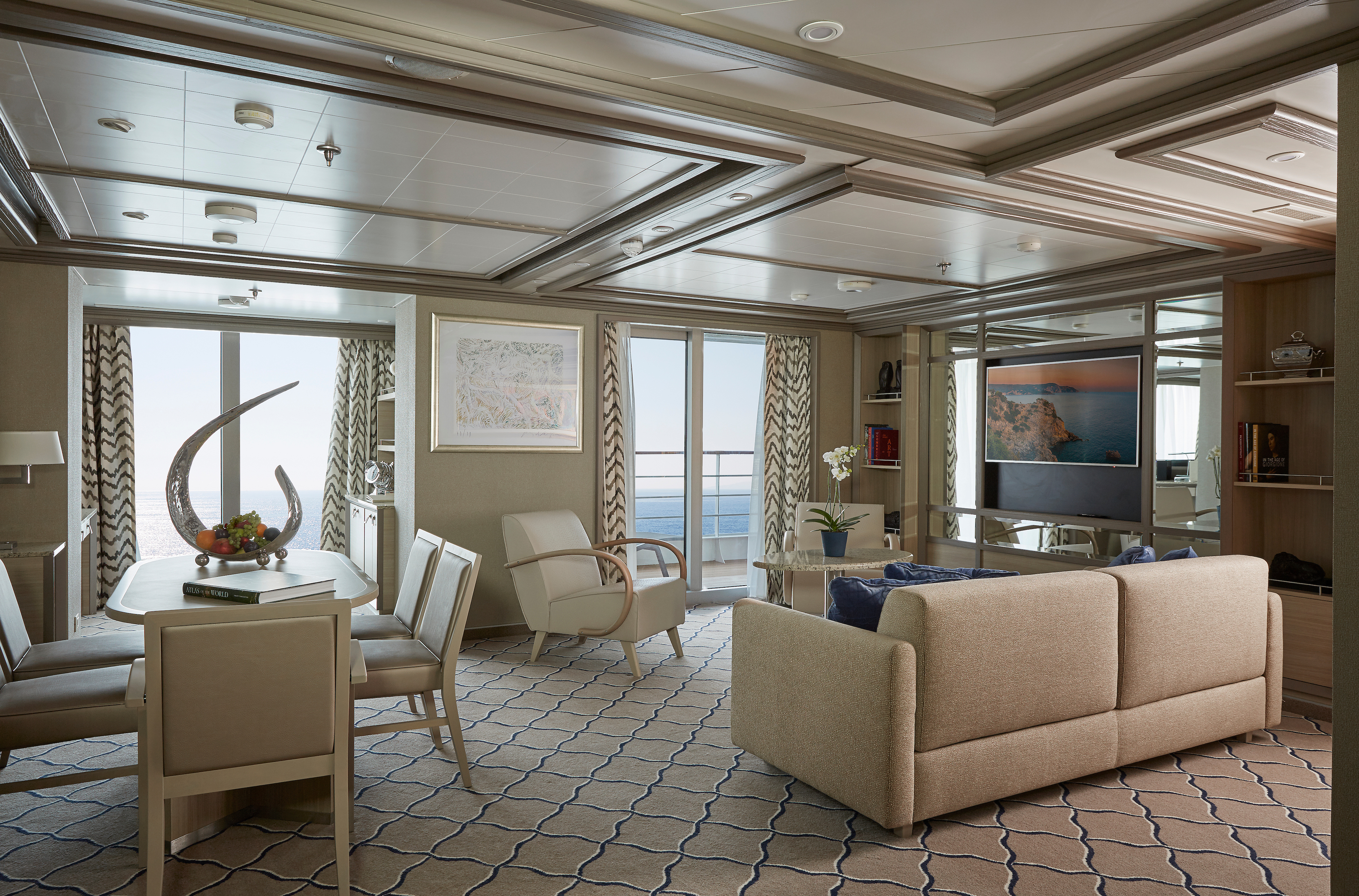
Available in a one or two bedroom configuration (so perfect for families) the Owner’s suite is the epitome of elegance at sea. A large seating area is the hub of the suite, equipped with all mod cons – think a Bose sound system, an interactive 55” TV and even an Illy coffee machine! Whether inside or relaxing on the large teak veranda, the Owner’s suite offers supreme comfort every hour of the day!
One bedroom: 88-98 sq.m. including veranda
Two bedroom: 119-129 sq.m. including veranda*
*The difference in size is largely due to a larger entry corridor space and does not concern the living or sleeping area.
Images are intended as a general reference. Features, materials, finishes and layout may be different than shown.
Please note that the 3rd guest will sleep on a comfortable sofa bed in the reception area of the suite.
Essentials
- Deck(s): 9
- Section: Mid-Ship
Characteristics
- Veranda
- Separate dining area
- Living room with sitting area
- Double vanity
- Separate shower
- Whirlpool bath
- Walk-in wardrobe with personal safe
Furniture
- King size bed
- Writing desk
- Vanity table
- Luxury bed mattresses
Media & Communication
- Unlimited Premium Wi-Fi
- 2 large flat screen TVs with Interactive Media Library
- Sound system with bluetooth connectivity
- Direct dial telephone
- Wall mounted USB-C mobile device chargers
- Dual voltage 110/220 outlets
Onboard Services
- Butler service
- Complimentary laundry, pressing & wet cleaning
- Daily canapé service, Welcome chocolate, Welcome fruit stand
- Dinner for two in La Dame, one evening per voyage,
- Two hours of worldwide phone use, per voyage segment
- Champagne on arrival
Amenities
- Espresso machine
- Pillow menu
- Refrigerator and bar setup stocked with your preferences
- Plush bathrobe
- Luxury bath amenities
- Umbrella
- Hair Dryer
- Slippers
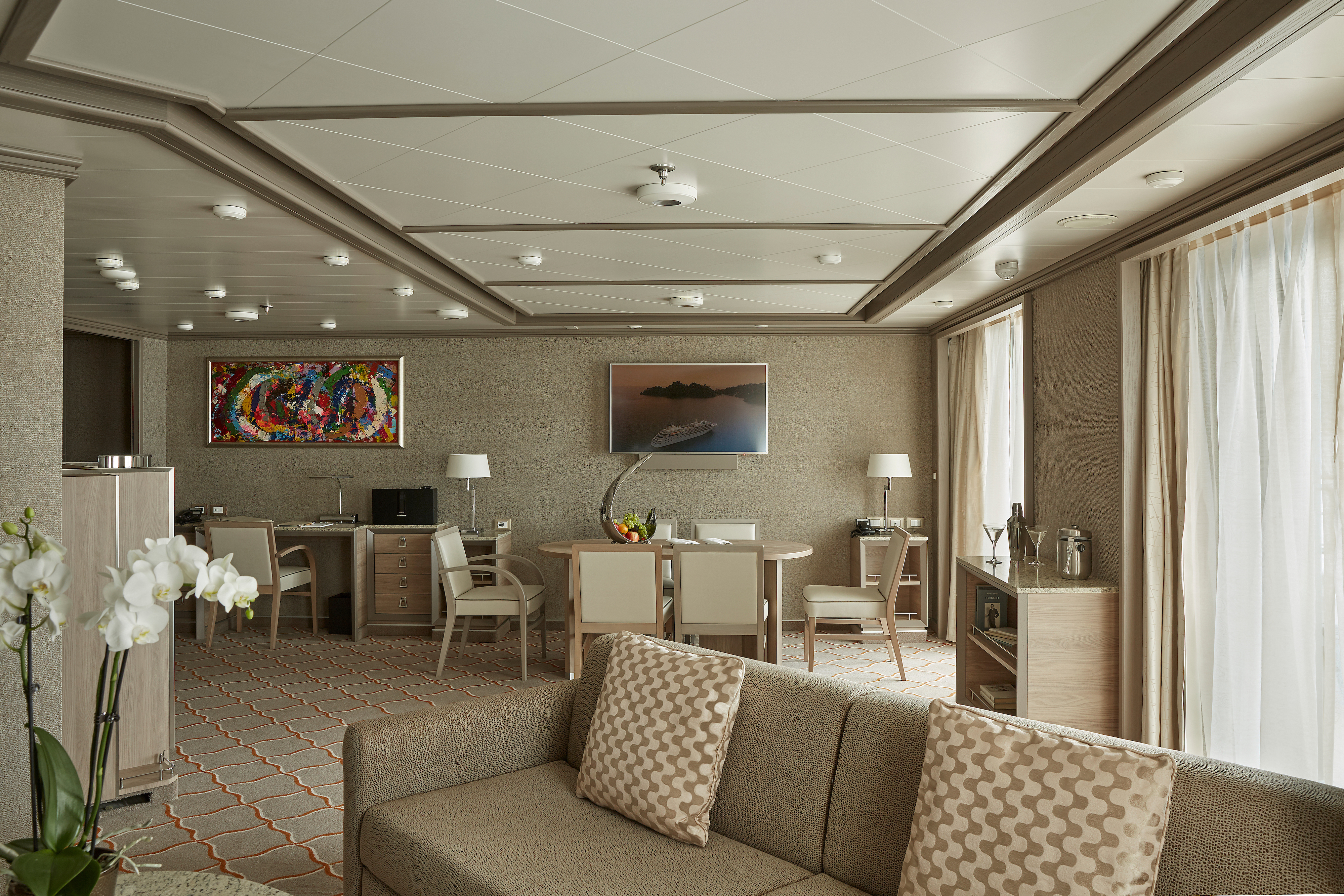
A grand traveller needs a grand suite, and we are happy to oblige! Get ready to scale new heights of comfort in our ultra-luxury Grand Suite. Situated at the front of the ship for the most spectacular views, the Grand Suite is for travellers who like the finer things in life. A large veranda, furnished with sunbeds, makes for perfect memories. Indoors, the sumptuous seating area and cosy bedrooms are the very definition of relaxing in style.
One bedroom: 137-146 sq.m. including veranda
Two bedroom: 174-183 sq.m. including veranda
Images are intended as a general reference. Features, materials, finishes and layout may be different than shown.
Please note that the 3rd guest will sleep on a comfortable sofa bed in the reception area of the suite.
Essentials
- Deck(s): 8, 9
- Section: Forward
Characteristics
- Veranda
- Separate dining area
- Living room with sitting area
- Double vanity
- Separate shower
- Whirlpool bath
- Walk-in wardrobe with personal safe
Furniture
- King size bed
- Writing desk
- Vanity table
- Luxury bed mattresses
Media & Communication
- Unlimited Premium Wi-Fi
- 2 large flat screen TVs with Interactive Media Library
- Sound system with bluetooth connectivity
- Direct dial telephone
- Wall mounted USB-C mobile device chargers
- Dual voltage 110/220 outlets
Onboard Services
- Butler service
- Complimentary laundry, pressing & wet cleaning
- Daily canape service, Welcome chocolate, Welcome fruit stand
- Dinner for two in La Dame, one evening per voyage,
- Two hours of worldwide phone use, per voyage segment
- Champagne on arrival
Amenities
- Espresso machine
- Pillow menu
- Refrigerator and bar setup stocked with your preferences
- Plush bathrobe
- Luxury bath amenities
- Umbrella
- Hair Dryer
- Slippers

With just two Royal Suites on board, this stateroom is in a class all of its own! Spacious and dignified, commanding and majestic, there’s no secret to why we named this suite Royal. Ample indoor space with a living room (including state of the art entertainment systems), twin beds that can be joined upon demand and even an adjoining bedroom if required, the Royal Suite is the answer when travelling with the family! Not to mention unlimited Wi-Fi, a sumptuous marble bathroom and spacious teak veranda, the Royal Suite is fit for a king!
One bedroom: 105 sq.m. including veranda
Two bedroom: 142 sq.m. including veranda
Images are intended as a general reference. Features, materials, finishes and layout may be different than shown.
Please note that the 3rd guest will sleep on a comfortable sofa bed in the reception area of the suite.
Essentials
- Deck(s): 7
- Section: Forward
Characteristics
- Veranda
- Separate dining area
- Living room with sitting area
- Double vanity
- Separate shower
- Whirlpool bath
- Walk-in wardrobe with personal safe
Furniture
- King size bed
- Writing desk
- Vanity table
- Luxury bed mattresses
Media & Communication
- Unlimited Premium Wi-Fi
- 2 large flat screen TVs with Interactive Media Library
- Sound system with bluetooth connectivity
- Direct dial telephone
- Wall mounted USB-C mobile device chargers
- Dual voltage 110/220 outlets
Onboard Services
- Butler service
- Complimentary laundry, pressing & wet cleaning
- Daily canape service, Welcome chocolate, Welcome fruit stand
- Dinner for two in La Dame, one evening per voyage,
- Two hours of worldwide phone use, per voyage segment
- Champagne on arrival
Amenities
- Espresso machine
- Pillow menu
- Refrigerator and bar setup stocked with your preferences
- Plush bathrobe
- Luxury bath amenities
- Umbrella
- Hair Dryer
- Slippers
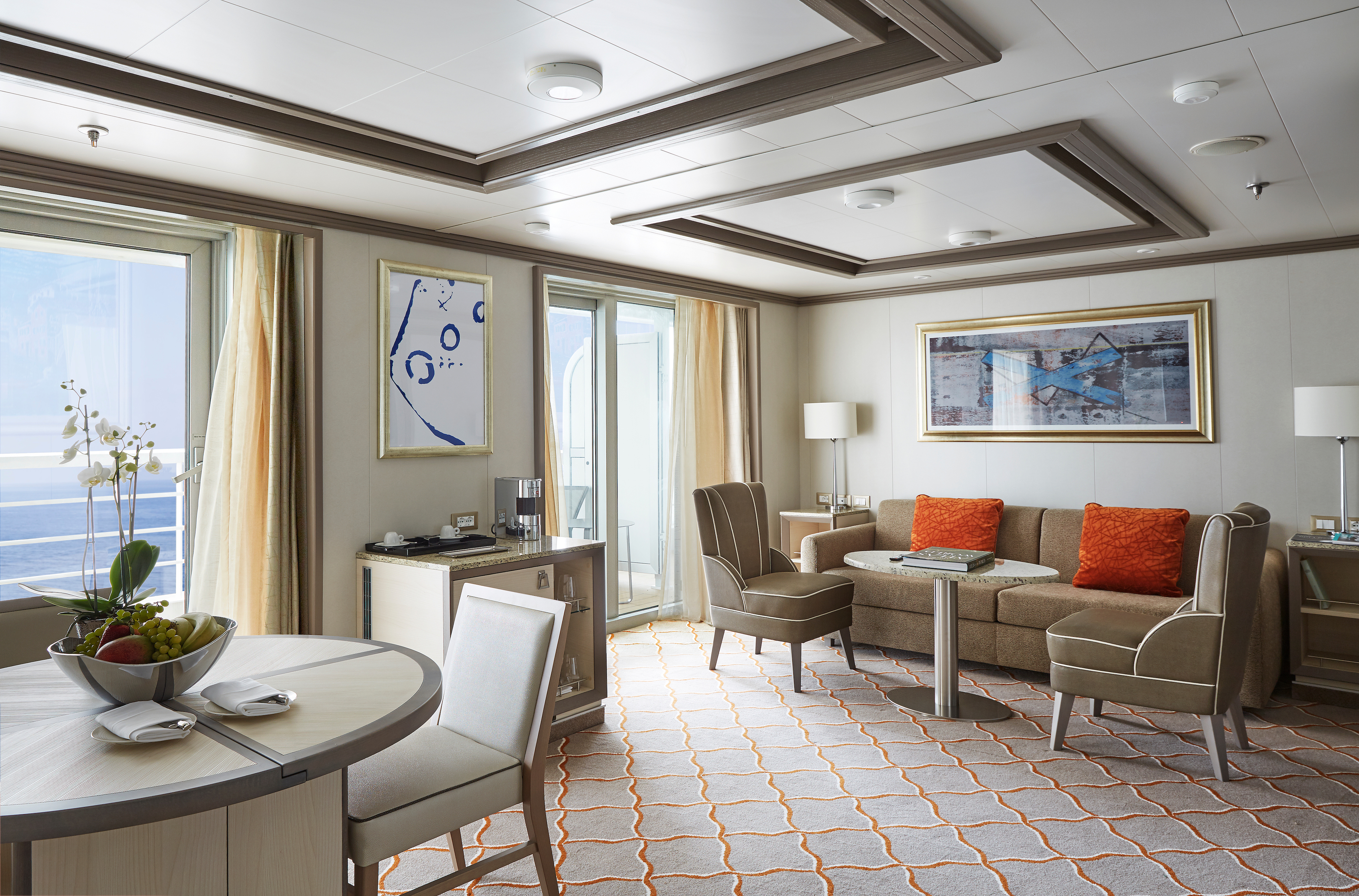
A Silversea favourite and by far our best-selling suite! The Silver Suite is one of the foundations of ultra-luxury cruising. Take travelling to a whole new level with the Silver Suite’s unparalleled levels of service, comfort and of course style! Available in either a one bedroom, a two bedroom or wheelchair accessible configuration, Silver Suites are fully equipped for the discerning traveller. Whether enjoying the spectacular views from the veranda or relaxing in the large sitting room, Silver Suites offer a comfortable haven on the high seas.
One bedroom: 73 sq.m. including veranda
Two bedroom: 104 sq.m. including veranda
Wheelchair accessible suite: 931
Images are intended as a general reference. Features, materials, finishes and layout may be different than shown.
Please note that the 3rd guest will sleep on a comfortable sofa bed in the reception area of the suite.
Essentials
- Deck(s): 9, 10, 11
- Section: Forward, Mid-Ship
Characteristics
- Veranda
- Living room with sitting area
- Double vanity
- Separate shower
- Whirlpool bath
- Walk-in wardrobe with personal safe
Furniture
- King size bed
- Writing desk
- Vanity table
- Luxury bed mattresses
Media & Communication
- Unlimited Premium Wi-Fi
- 2 large flat screen TVs with Interactive Media Library
- Sound system with bluetooth connectivity
- Direct dial telephone
- Wall mounted USB-C mobile device chargers
- Dual voltage 110/220 outlets
Onboard Services
- Butler service
- Complimentary laundry, pressing & wet cleaning
- Daily canape service, Welcome chocolate, Welcome fruit stand
- Champagne on arrival
Amenities
- Espresso machine
- Pillow menu
- Refrigerator and bar setup stocked with your preferences
- Plush bathrobe
- Luxury bath amenities
- Umbrella
- Hair Dryer
- Slippers
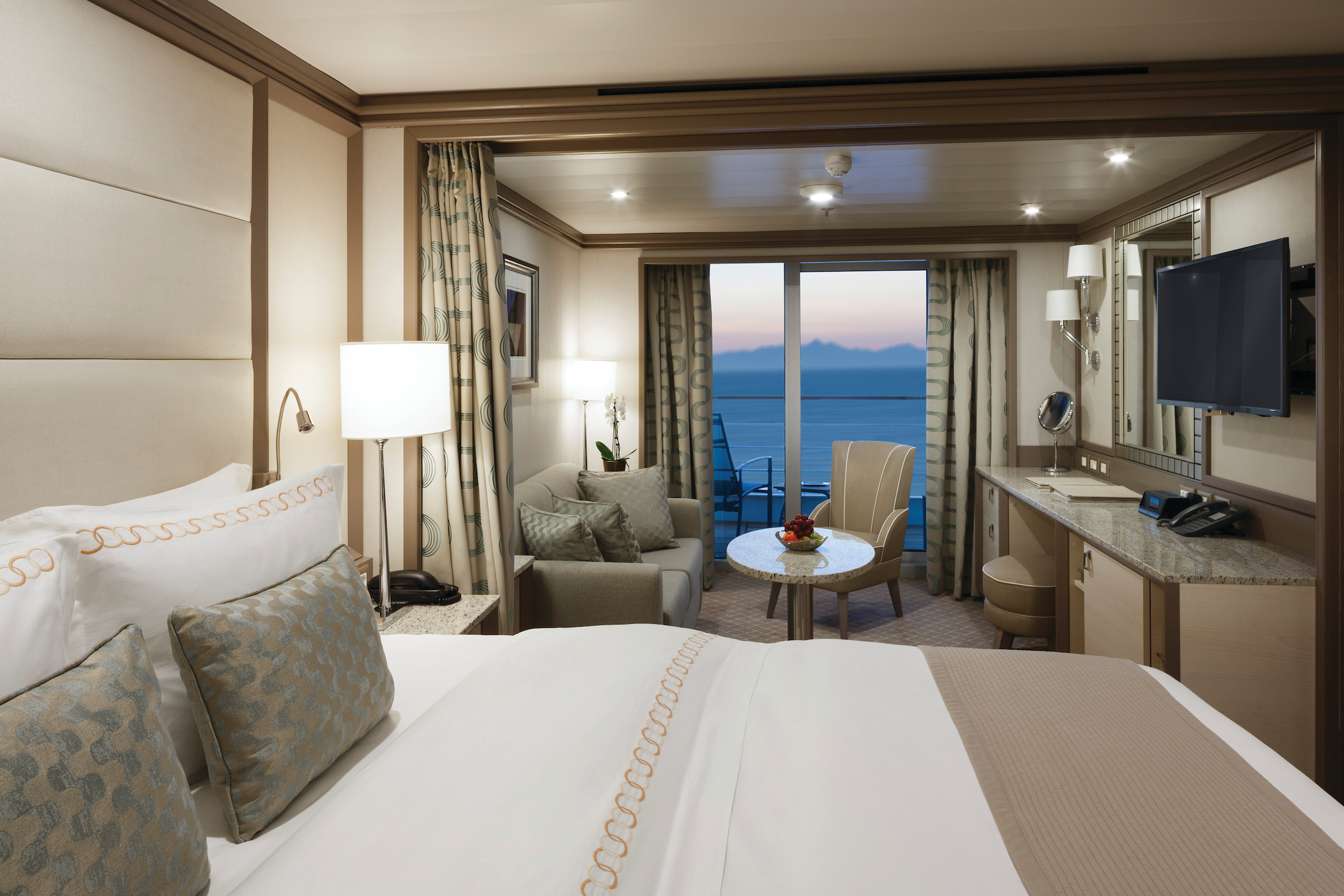
After a busy day of on shore exploring, the Deluxe Veranda Suite is the perfect home away from home. Spacious and well-situated, enjoy ultra-luxury amenities from the 24-hour butler service to the well-stocked mini-bar (and yes, they’re all included!). Not forgetting the teak veranda from which the suite takes her name, the Deluxe Veranda is the perfect setting for making perfect memories.
One bedroom: 36 sq.m. including veranda
Images are intended as a general reference. Features, materials, finishes and layout may be different than shown.
Please note that the 3rd guest will sleep on a comfortable sofa bed in the reception area of the suite.
Essentials
- Deck(s): 6, 7, 8
- Section: Mid-Ship
Characteristics
- Veranda
- Sitting area
- Standard vanity
- Separate shower
- Full-size bath
- Walk-in wardrobe with personal safe
Furniture
- Queen size bed
- Writing desk
- Luxury bed mattresses
- Media & Communication
- Unlimited Standard Wi-Fi
- 1 large flat screen TV with Interactive Media Library
- Direct dial telephone
- Wall mounted USB-C mobile device chargers
- Dual voltage 110/220 outlets
Onboard Services
- Butler service
- Champagne on arrival
Amenities
- Pillow menu
- Refrigerator and bar setup stocked with your preferences
- Plush bathrobe
- Luxury bath amenities
- Umbrella
- Hair Dryer
- Slippers

A superior location makes the Superior Veranda Suite, well … superior! From the sumptuous views from the teak veranda to the spacious sitting room and large marble bathroom, everything about the Superior Veranda has been designed for your comfort. So settle in and get comfortable, order some 24-hours room service from your butler and enjoy a bit of R&R. We guarantee you won’t want to leave.
One bedroom: 36 sq.m. including veranda
Images are intended as a general reference. Features, materials, finishes and layout may be different than shown.
Please note that the 3rd guest will sleep on a comfortable sofa bed in the reception area of the suite.
Essentials
- Deck(s): 7, 8, 9
- Section: Forward
Characteristics
- Veranda
- Sitting area
- Standard vanity
- Separate shower
- Full-size bath
- Walk-in wardrobe with personal safe
Furniture
- Queen size bed
- Writing desk
- Luxury bed mattresses
Media & Communication
- Unlimited Standard Wi-Fi
- 1 large flat screen TV with Interactive Media Library
- Direct dial telephone
- Wall mounted USB-C mobile device chargers
- Dual voltage 110/220 outlets
Onboard Services
- Butler service
- Champagne on arrival
Amenities
- Pillow menu
- Refrigerator and bar setup stocked with your preferences
- Plush bathrobe
- Luxury bath amenities
- Umbrella
- Hair Dryer
- Slippers
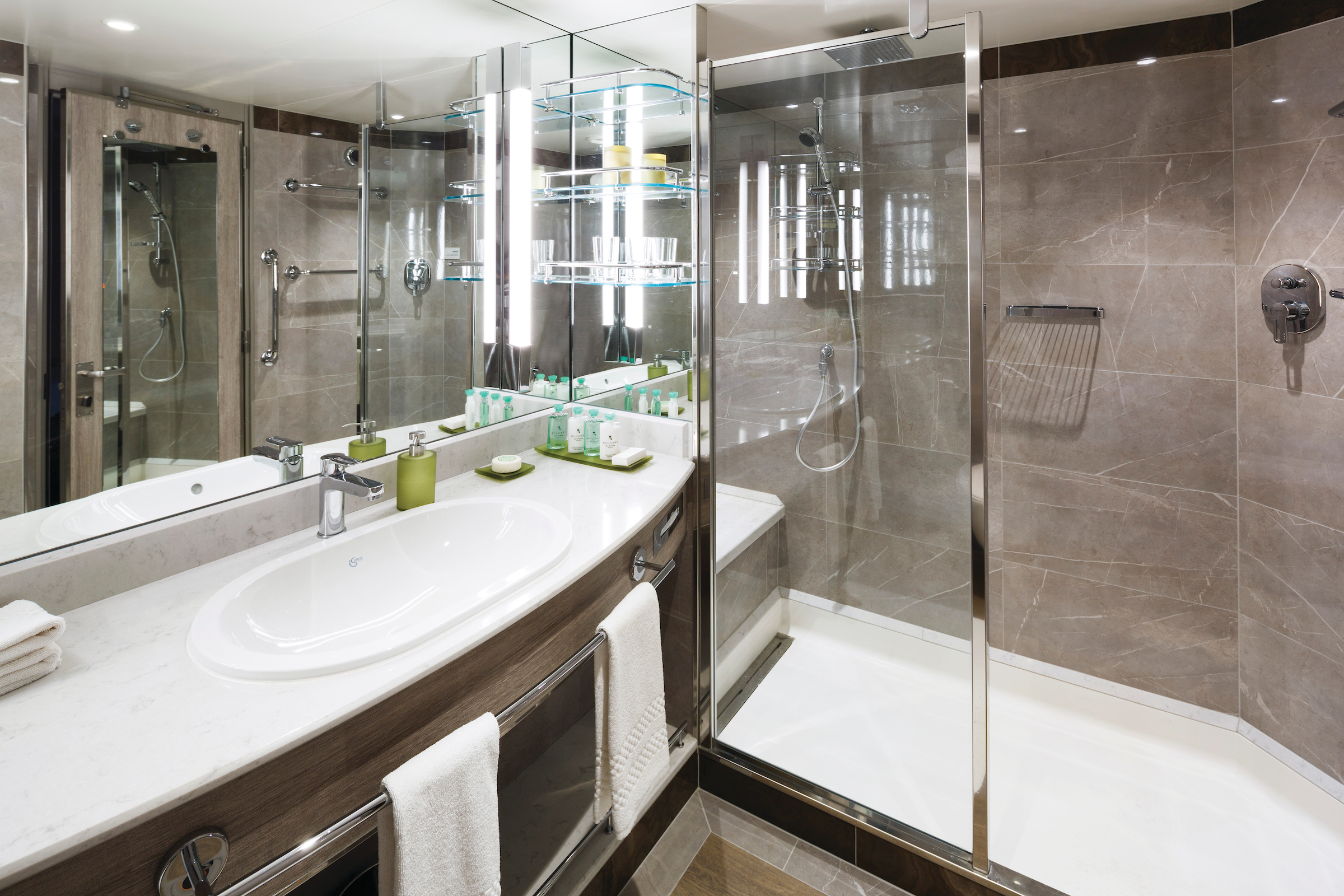
A lower-bow location makes the Classic Veranda Suite a comfortable choice for travellers. A lovely comfortable bed – available in a twin or queen bed configuration – with a choice of mattress makes sure that you enjoy the best night’s sleep of your life, while the seating area is perfect for in-suite dining. But perhaps the Classic Veranda’s best feature lies outside the suite – with the 6m2 veranda for which the suite was named.
One bedroom: 36 sq.m. including veranda
Images are intended as a general reference. Features, materials, finishes and layout may be different than shown.
Essentials
- Deck(s): 5, 6
- Section: Forward
Characteristics
- Veranda
- Sitting area
- Standard vanity
- Separate shower
- Full-size bath
- Walk-in wardrobe with personal safe
Furniture
- Queen size bed
- Writing desk
- Luxury bed mattresses
Media & Communication
- Unlimited Standard Wi-Fi
- 1 large flat screen TV with Interactive Media Library
- Direct dial telephone
- Wall mounted USB-C mobile device chargers
- Dual voltage 110/220 outlets
Onboard Services
- Butler service
- Champagne on arrival
Amenities
- Pillow menu
- Refrigerator and bar setup stocked with your preferences
- Plush bathrobe
- Luxury bath amenities
- Umbrella
- Hair Dryer
- Slippers

Beautiful elegant furnishings are the perfect choice to soothe and relax as you sail from one destination to the next. Large windows flood the room with light, making for luxurious sea views whether it’s morning, noon or night! Panorama suites are the perfect accompaniment to a Silver Suite for larger parties, or just perfect on their own. With all the mod cons that you would expect from an ultra-luxury cruise line, Panorama Suites offer comfort, space and style!
One bedroom: 31 sq.m.
Images are intended as a general reference. Features, materials, finishes and layout may be different than shown.
Essentials
- Deck(s): 9
- Section: Forward
Characteristics
- Floor-to ceiling window
- Sitting area
- Standard vanity
- Separate shower
- Full-size bath
- Walk-in wardrobe with personal safe
Furniture
- Queen size bed
- Writing desk
- Luxury bed mattresses
Media & Communication
- Unlimited Standard Wi-Fi
- 1 large flat screen TV with Interactive Media Library
- Direct dial telephone
- Wall mounted USB-C mobile device chargers
- Dual voltage 110/220 outlets
Onboard Services
- Butler service
- Champagne on arrival
Amenities
- Pillow menu
- Refrigerator and bar setup stocked with your preferences
- Plush bathrobe
- Luxury bath amenities
- Umbrella
- Hair Dryer
- Slippers

Comfortable, spacious and offering stupendous ocean views, the Vista Suite carries its name very well! Wake up to wide ocean views, breakfast to the sound of the waves lapping at the side of the ship or simply relax with the in-suite entertainment system and comfy sofas. Some Vista Suites are a little larger than standard – perfect for our guests with limited mobility. If you have ever wanted a home away from home on the high seas, the vista Suite is it.
One bedroom: 32 sq.m.
Wheelchair accessible suites: 407, 409, 417
Images are intended as a general reference. Features, materials, finishes and layout may be different than shown.
Essentials
- Deck(s): 4
- Section: Forward
Characteristics
- Window
- Sitting area
- Standard vanity
- Separate shower
- Full-size bath
- Walk-in wardrobe with personal safe
Furniture
- Queen size bed
- Writing desk
- Luxury bed mattresses
Media & Communication
- Unlimited Standard Wi-Fi
- 1 large flat screen TV with Interactive Media Library
- Direct dial telephone
- Wall mounted USB-C mobile device chargers
- Dual voltage 110/220 outlets
Onboard Services
- Butler service
- Champagne on arrival
Amenities
- Pillow menu
- Refrigerator and bar setup stocked with your preferences
- Plush bathrobe
- Luxury bath amenities
- Umbrella
- Hair Dryer
- Slippers

Take your travel experience further than ever before in the S.A.L.T. Kitchen. Silver Dawn’s exclusive destination focused restaurant is the place to be when it comes to enjoying the local cuisine, culture and rich culinary heritage of your voyage. Taste your way through regional specialities for your most immersive travel experience ever. Whether you are looking for excellent food and wine, a social meal with friends or a deeper understanding of your region’s culture, expect to find it in the S.A.L.T. Kitchen.
Images are intended as a general reference. Features, materials, finishes and layout may be different than shown.

Silversea’s signature French restaurant, La Dame is the epitome of fine dining. Featuring the rich, smooth flavours of France, La Dame’s reputation for gastronomic excellence is fully upheld aboard Silver Dawn. Expect only the very best; chic contemporary style, vast ocean-view windows, crisp white table linens and impeccable white-gloved silver service with a smile. Decorated with custom-made interior panel compositions created by Lalique, there is no better place to feel the culinary soul of France than in La Dame.
Per guest reservation fee of US$60.
Images are intended as a general reference. Features, materials, finishes and layout may be different than shown.
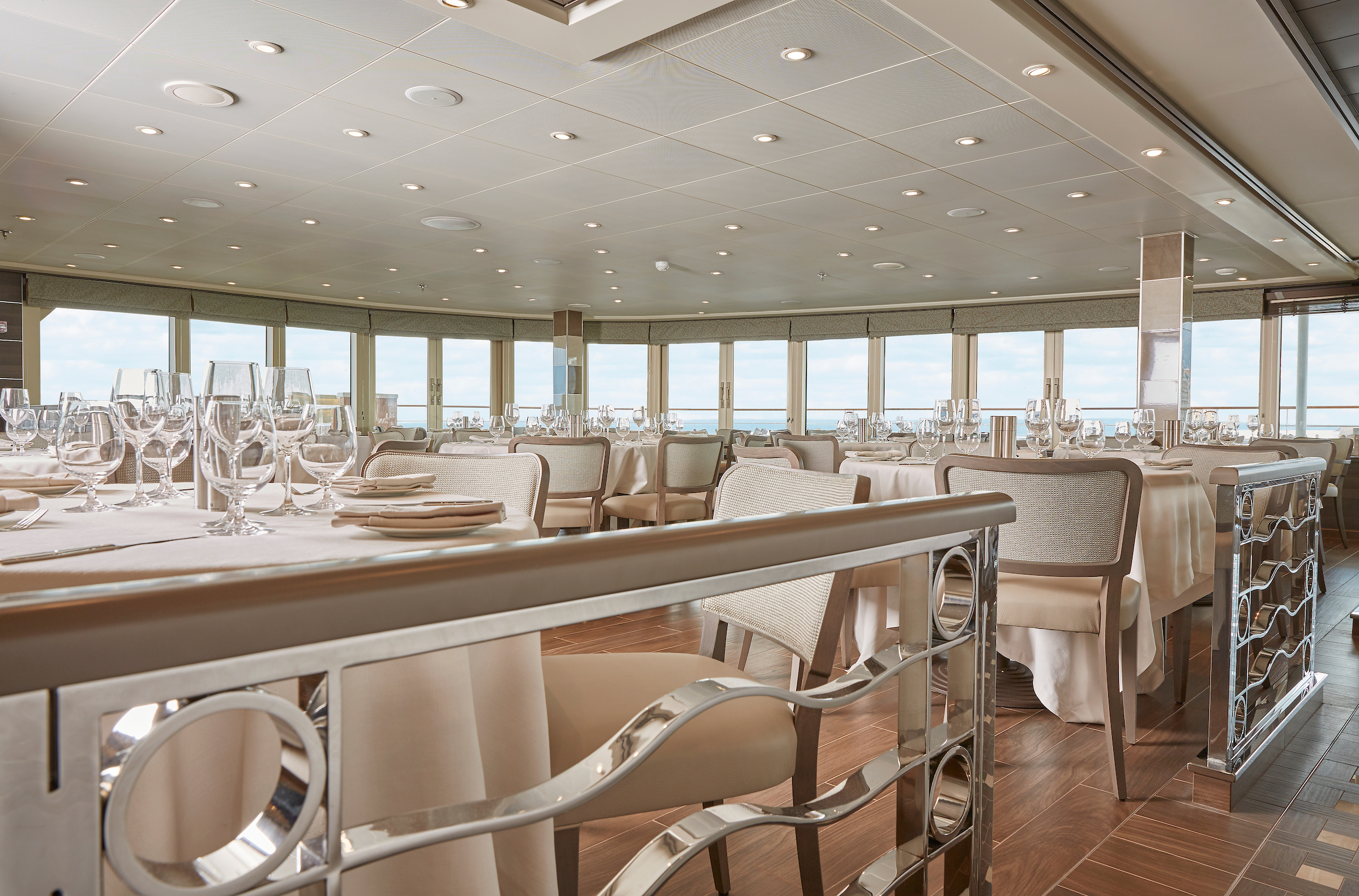
An iconic hallmark of Silversea dining, La Terrazza offers authentic recipes and the freshest ingredients from our distinctive Italian heritage. This is where antipasti, primi and secondi come together with passion and flair in a flavourful expression from corporate chef Alberto Colombo’s imagination. La Terrazza aboard Silver Dawn offers innovative interactive food stations: an olive oil cellar, a mozzarella bar, a seafood station and of course a salumeria. The à la carte menu has also been extended to include the popular Sapori di Casa, traditional family-style Italian daily specials.
Images are intended as a general reference. Features, materials, finishes and layout may be different than shown.
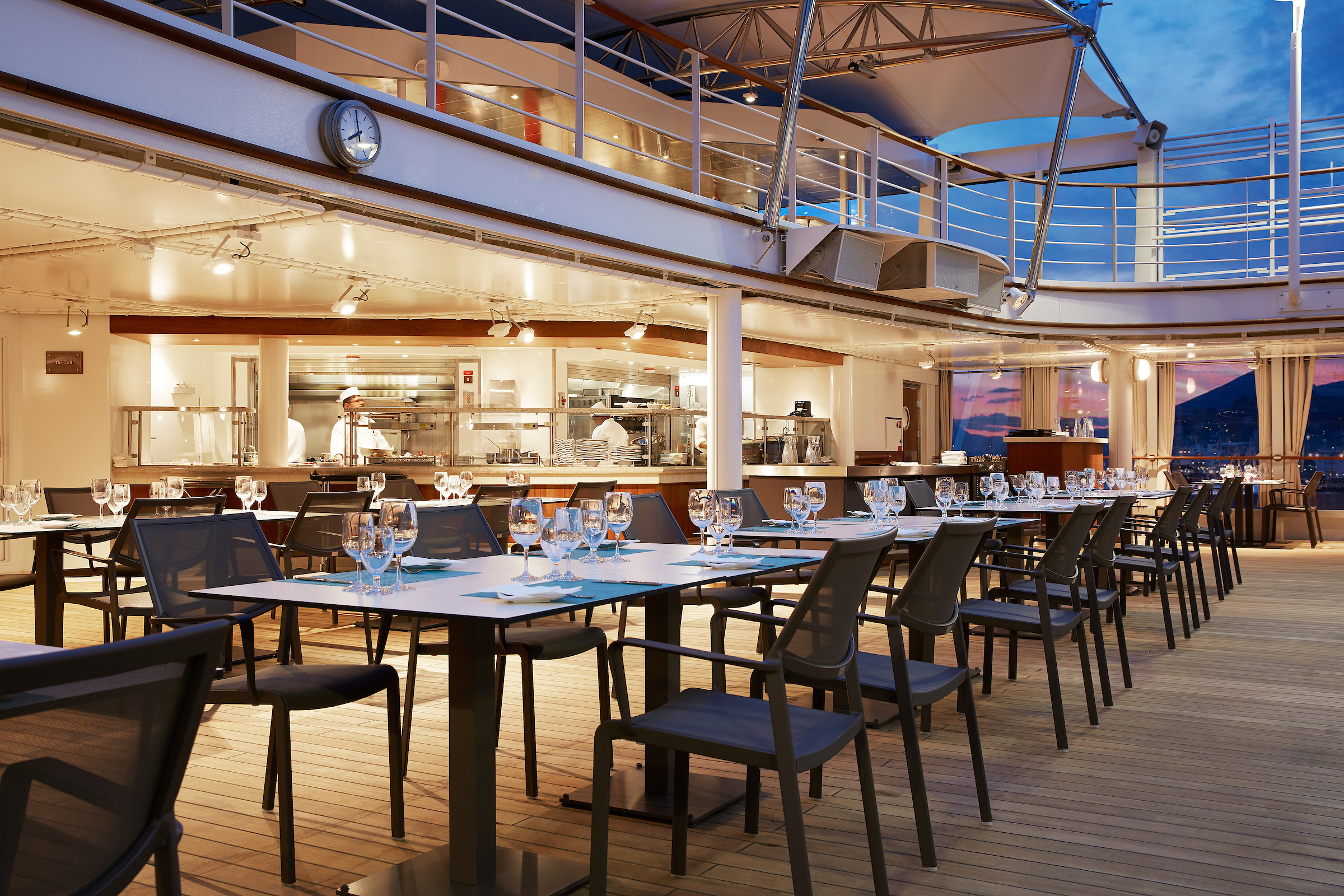
One of the healthiest cuisines to exist, The Grill features lava stone cooking at its finest. Sourced from volcanic rock and placed in an oven to reach an optimum temperature of 400˚C, The Grill invites guests to cook their food directly at their table. Place your meat, fish or vegetables on top of the grill stone or inside the soup bowl, and then simply cook to your very own taste. Every bite is cooked to perfection, time after time. With the stone cooking available in the evenings only, The Grill becomes a daytime rotisserie and gourmet salad and burger bar, offering build your own burgers from the best selections of meat.
Images are intended as a general reference. Features, materials, finishes and layout may be different than shown.
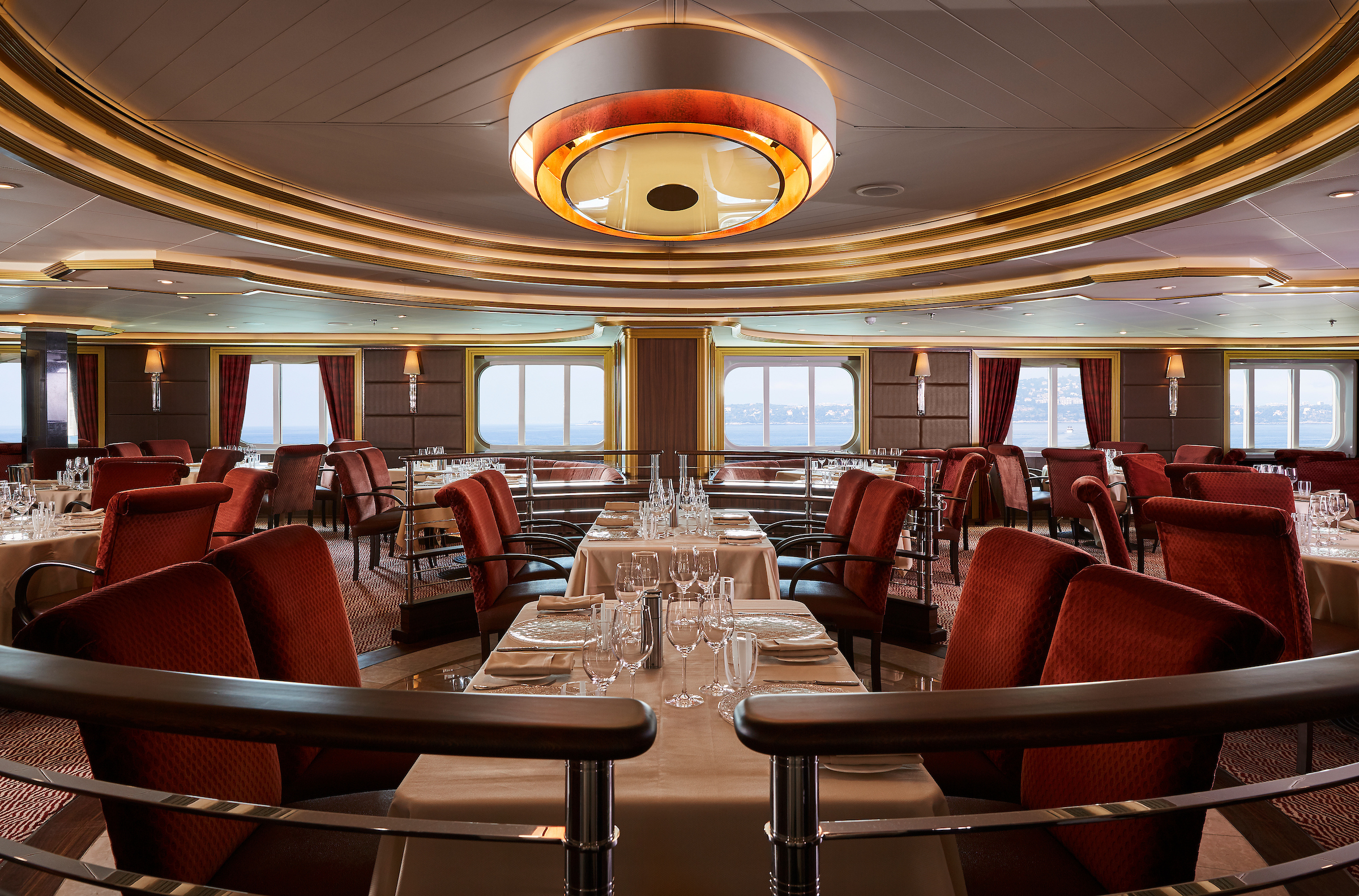
Instantly recalling images of the sea in all her watery majesty, the Atlantides are the seven nymph daughters of Atlas. Creative muses, known for their wisdom and beauty, the sisters were granted immortality in the form of stars and can be seen today in the constellation of Taurus. Pivotal to Silver Moon dining experience, this elegant bar and grill incorporates the best that the sea has to offer. Created to temper your taste buds, designer dishes such as royal crab, blue lobster and Verbena infused red snapper in a sea salt crust are showcased alongside the best steaks offshore.
Images are intended as a general reference. Features, materials, finishes and layout may be different than shown.

The fine art of Kaiseki lies in its meticulous preparation and beautiful presentation. Dishes reflect a passion for tradition and performance and our reinterpretation of these values is clear. Balanced menus have been inspired by the five elements of Japanese nutritional cuisine and respect the equilibrium of yin and yang. Daytime menus feature a varied and balanced menu of sushi, sashimi and other raw Asian-inspired dishes, while the evenings are alive with the taste and traditions of fine Japanese dining.
Per guest reservation fee of US$40.
Images are intended as a general reference. Features, materials, finishes and layout may be different than shown.
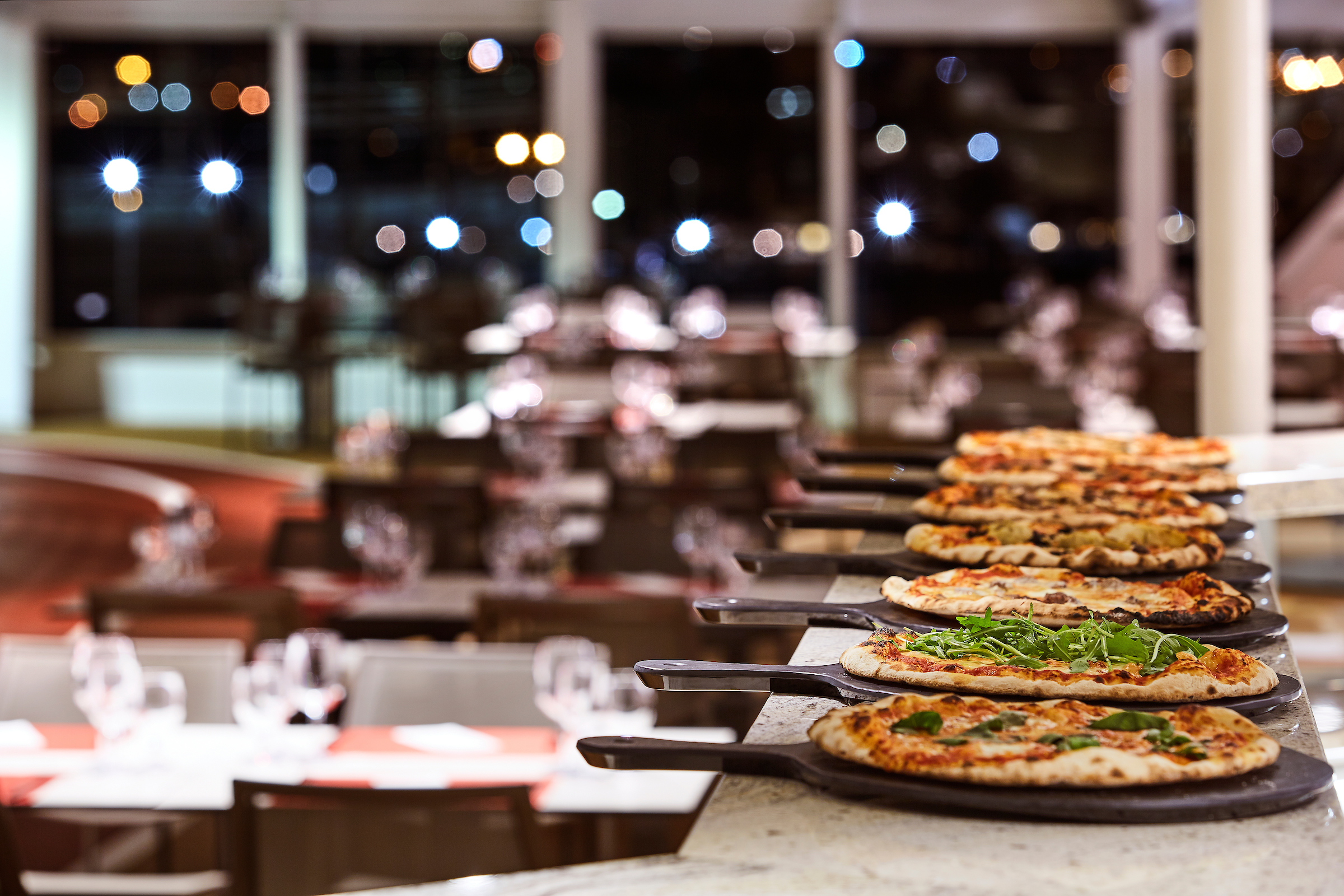
Reflecting Silversea’s Italian heritage, this emblematic street in Naples divides the city in two and is renowned for its pizzerias. No visit to the city is complete without a journey to Spaccanapoli. Therefore it is unsurprising that Spaccanapoli aboard Silver Dawn reflects the true Italian way of life: the freshest ingredients, authentic dough and a perfect sense of the fabled Italian lust for life. The simplicity of la dolce vita is reflected in the relaxed dining style of the restaurant.
Images are intended as a general reference. Features, materials, finishes and layout may be different than shown.
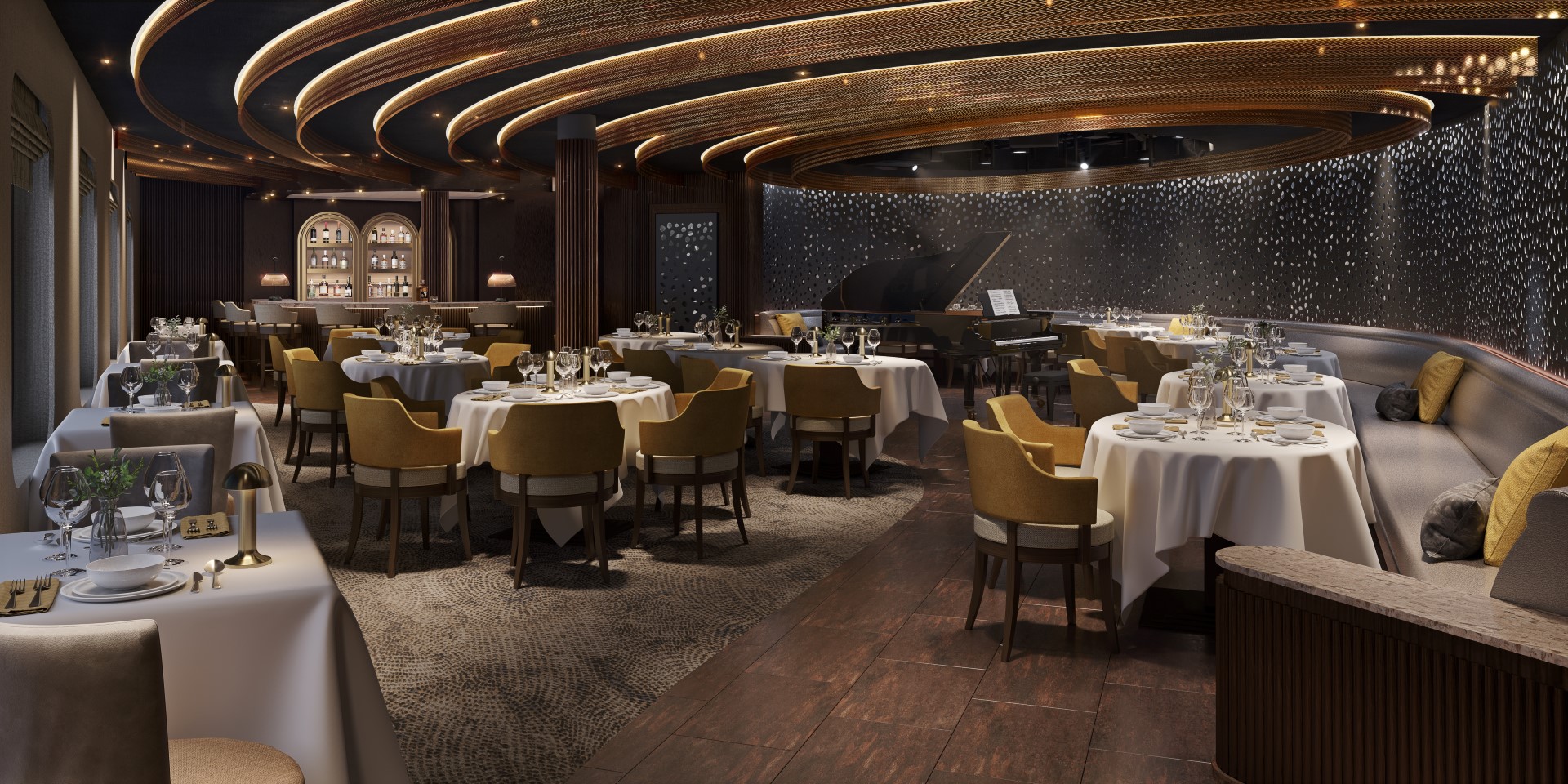
A sumptuous, intimate setting with a lively, joie de vivre ambience is the perfect place to dine, dance and dream the night away… Small plate tapas-style dishes of mouth-watering international cuisine perfectly compliment the rich, exciting entertainment as the smooth sounds of jazz and blues gently caress your ears. A refined late evening menu perfectly showcases the panache and style of Silver Dawn’s plentiful dining options, so expect multisensory fireworks as you swing and sway effortlessly across the dance floor as Silver Dawn gracefully takes you to your next destination.
Images are intended as a general reference. Features, materials, finishes and layout may be different than shown.
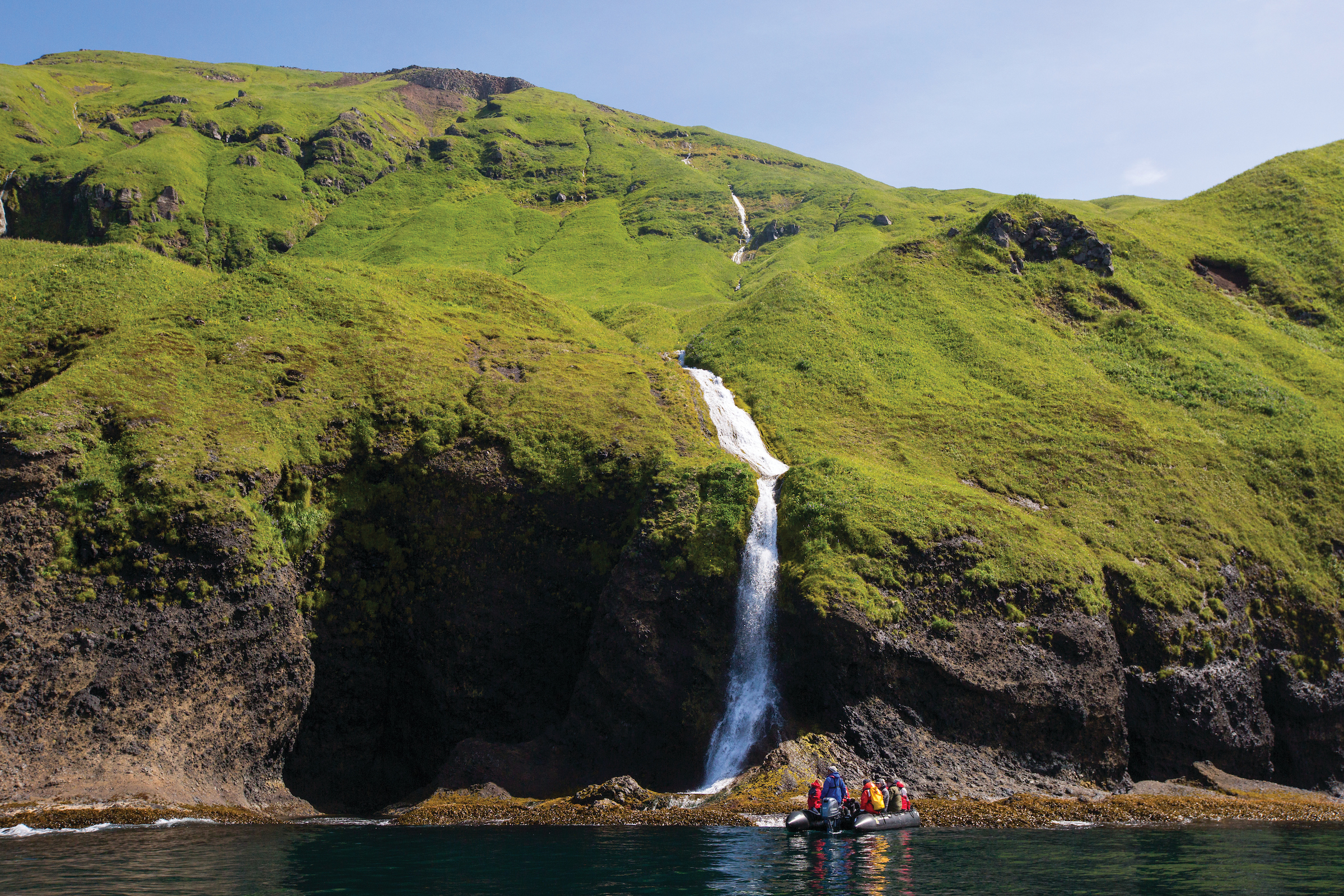
Silversea’s experienced Shore Concierge team are happy to assist, ensuring your shore- side experience is nothing less than a memory that lasts forever. Their knowledge and understanding of ports will truly add to your enjoyment and experience. Detailing history, local flavour, culture, regional customs, shopping tips and much more, they will make sure you get the best of your destination, wherever you are in the world.

Multiple days at sea mean plenty of R & R for some, but others prefer to drink in all there is to offer on land. Our Mid-Cruise Land Adventures allow you to take full advantage of your time with us without missing a single thing! These short escapades offer an array of adventures, break up your sea days and allow for deeper exploration beyond the coast.

Let Silversea customise a special event or excursion exclusively for you. Expert Shore Excursion professionals are available to assist with all your shorex questions. Make an appointment and gain insider access to knowledgeable suggestions, personalised planning and hassle-free coordination of all private, independent touring, including area highlights, flightseeing, water sports, and much more. Take advantage of this service either in advance of your voyage by email at shoreconcierge@silversea.com or on board by visiting the Silvershore® Concierge desk. Have the Silver Shore Concierge create your tailor-made tour, or be whisked away by private car for a day — the pace and agenda are up to you.
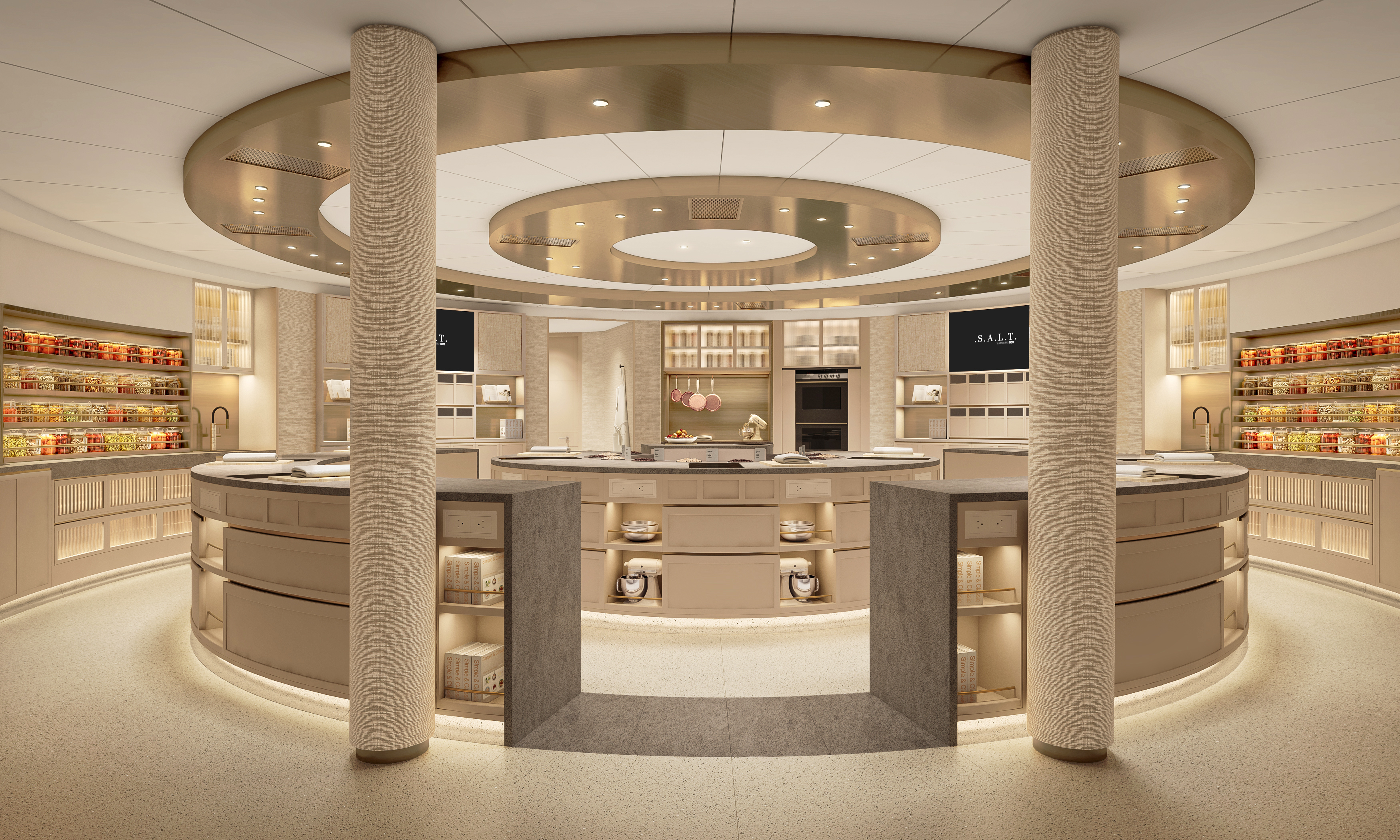
Welcome to the S.A.L.T. Lab, an interactive space where guests can deep-dive into local culinary heritage and techniques. Join our talented chefs and learn how your region’s food is central to its culture. Engage in your destination through workshops, lectures and cooking demonstrations for an authentic souvenir not available in any shop. The S.A.L.T. Lab is not just about food and flavour; it is a unique place where holistic destination immersion gives an entirely new dimension to travelling. This is where the magic happens!
Images are intended as a general reference. Features, materials, finishes and layout may be different than shown.

Selected shore excursions on all Silver Moon, Silver Dawn and Silver Nova cruises benefit from a culinary focus. These in-depth and informative shore excursions are accompanied by our food experts, who are adept at explaining the intricacies of foreign cuisine. S.A.L.T. offers the curious cruiser so many options; the only thing you need to do is choose. Never has a cruise line provided such an in-depth, holistic way of visiting their destination. Do one or do them all.
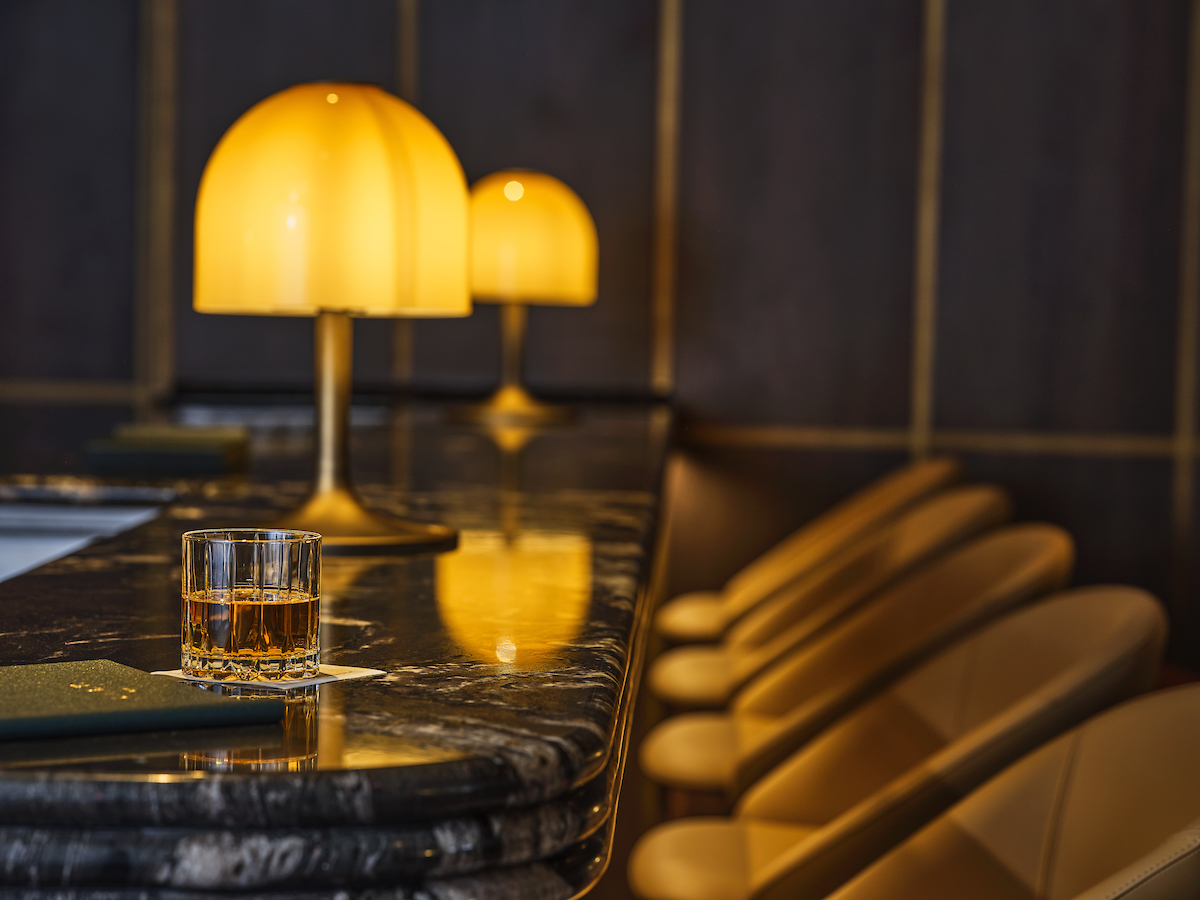
Nothing says authentic experience better than Silver Dawn’s S.A.L.T. Bar. Get a taste for the authentic and settle down to enjoy locally-inspired cocktails and drinks. How can you go wrong with a Rum Punch in Barbados, a Pastis over ice in Marseille or a Pisco Sour in Lima? Nothing unites new faces and old friends in quite the same way. Be inspired to find your perfect locally-inspired beverage at the S.A.L.T. Bar and let in the colour and flavours of your journey rush in.
Images are intended as a general reference. Features, materials, finishes and layout may be different than shown.
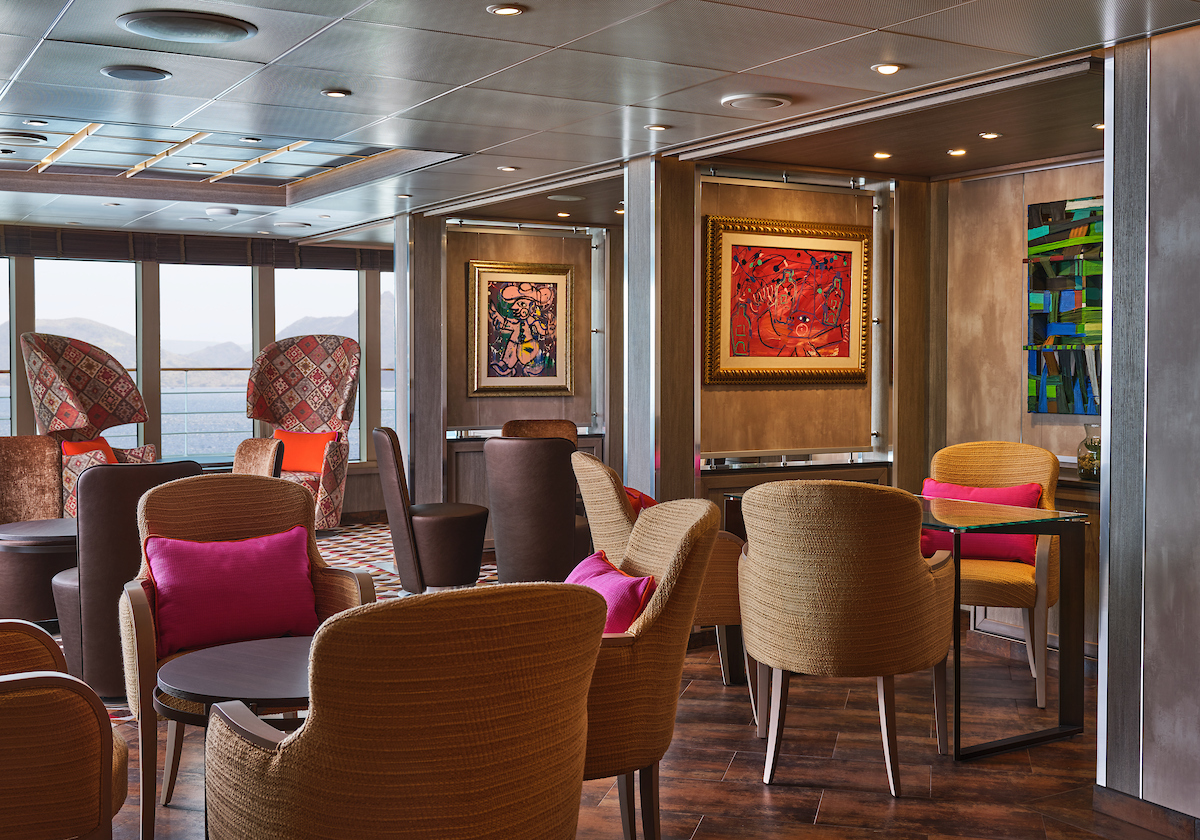
Nestled cosily on deck 8 is the all-new Arts Café. Hosting varied and exciting exhibitions, the Arts Café will showcase paintings and sculptures from a broad range of talent. The distinctive design of the venue is a relaxing getaway and offers daytime cuisine in the form of a café and deli-bar. But come early evening, the venue turns into a lively, evening cocktail lounge meaning you can retreat to one of the comfortable chairs, grab a drink and relax as you absorb the incredible view and watch the world float by. Whether you prefer the gentle sea breeze of the terrace or the sophistication of the inside, a superlative experience is always assured.
Images are intended as a general reference. Features, materials, finishes and layout may be different than shown.
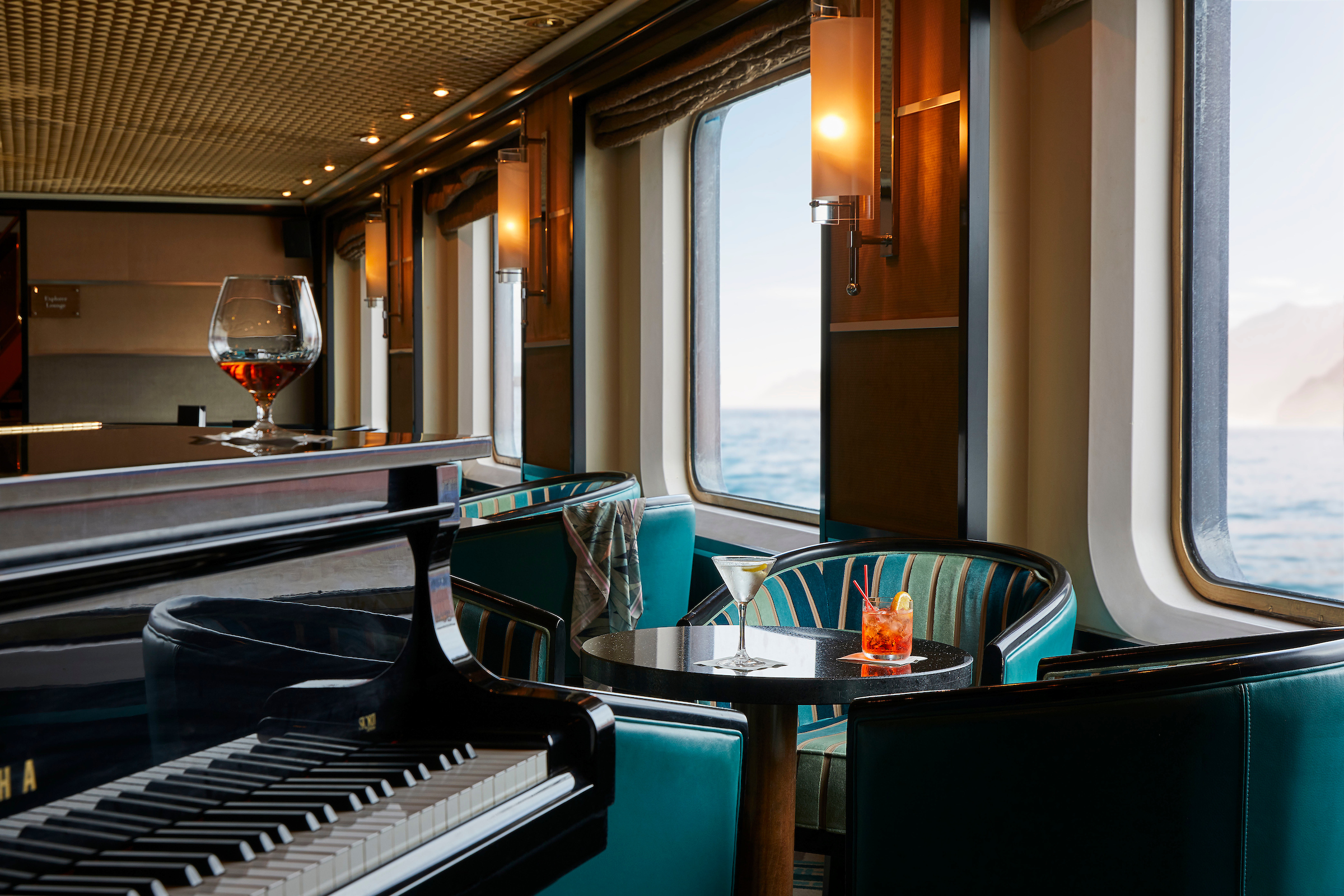
Our main bar has been newly reimagined for Silver Dawn! Dolce Vita has of course kept her legendary charm, inspired cocktails, stylish décor and comfortable seating, but a central bar now means the warm ambience is better than ever! Oozing Italian glamour, Dolce Vita is a relaxed, refined bar with a nightly piano player playing all your favourite tunes. Perfect for pre-dinner aperitivi, or even a post-dinner cocktail, Dolce Vita is truly the beating heart of social life on board.
Images are intended as a general reference. Features, materials, finishes and layout may be different than shown.
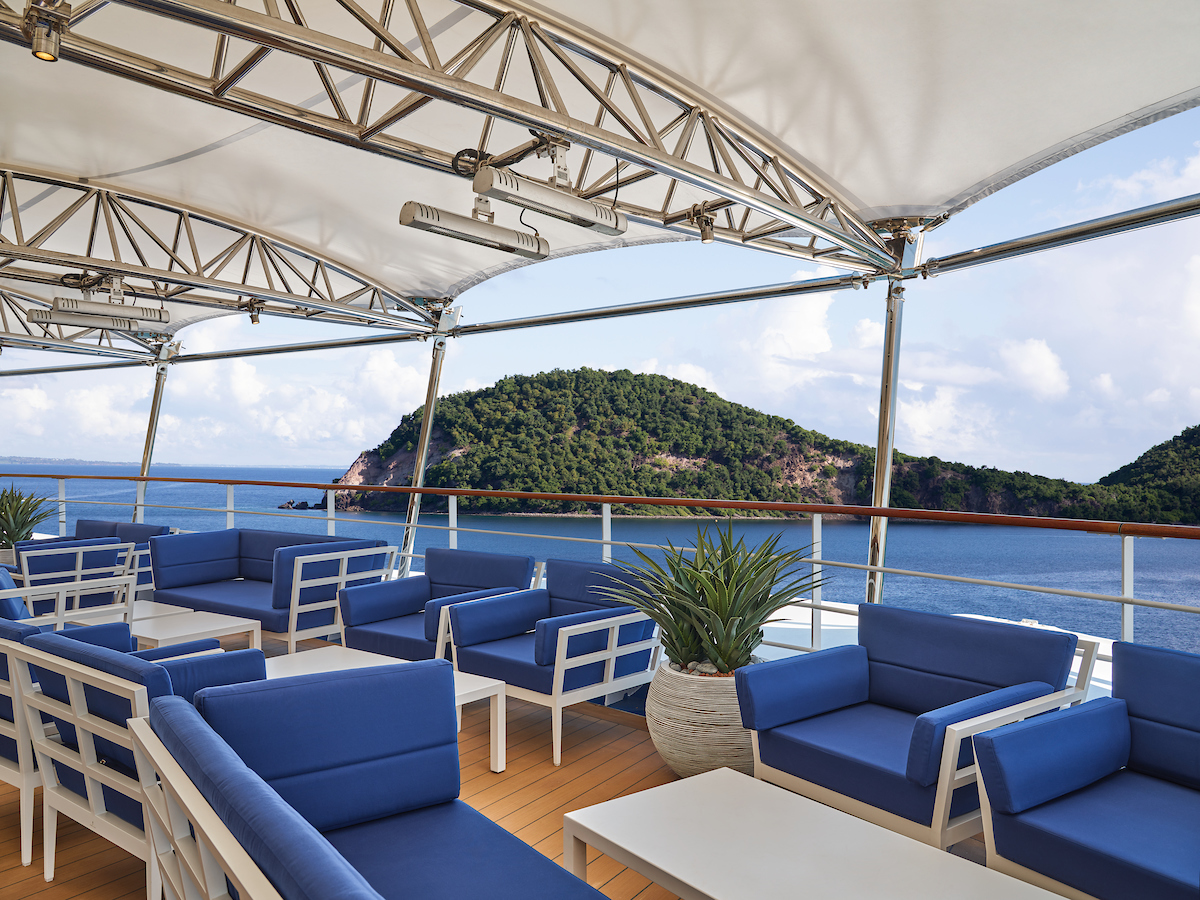
From early morning to late at night, the Panorama lounge offers everything you could wish for. A peaceful retreat that is the perfect place to break away to, a social place to meet and greet old friends, or an evening venue to partake in a cocktail as you sit back and watch the world go by. Sink into the plush seats and come evening, enjoy listening to the gentle sounds of a pianist, or the invigorating beats of our in-house DJ.
Images are intended as a general reference. Features, materials, finishes and layout may be different than shown.
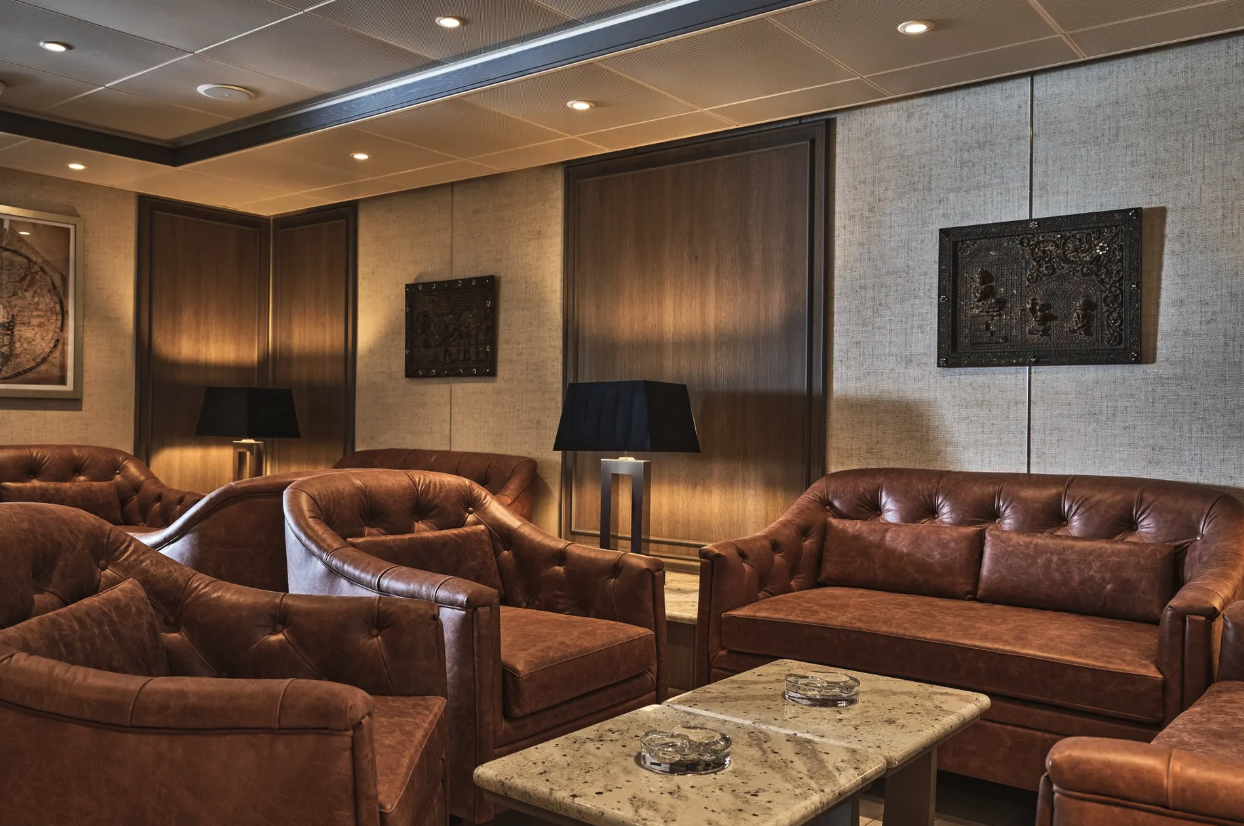
Our smoking lounge aboard Silver Dawn is our latest venue where cigar-lovers can buy and sample some of the world’s finest Havanas, Cohibas, Partagás, Montecristos, Ramón Allones and Bolívars. Combining all the elements of cigar culture both indoors and on its stylish terrace, the Connoisseur’s Corner is where aficionados can meet and mingle to share their iconic passion.
Images are intended as a general reference. Features, materials, finishes and layout may be different than shown.
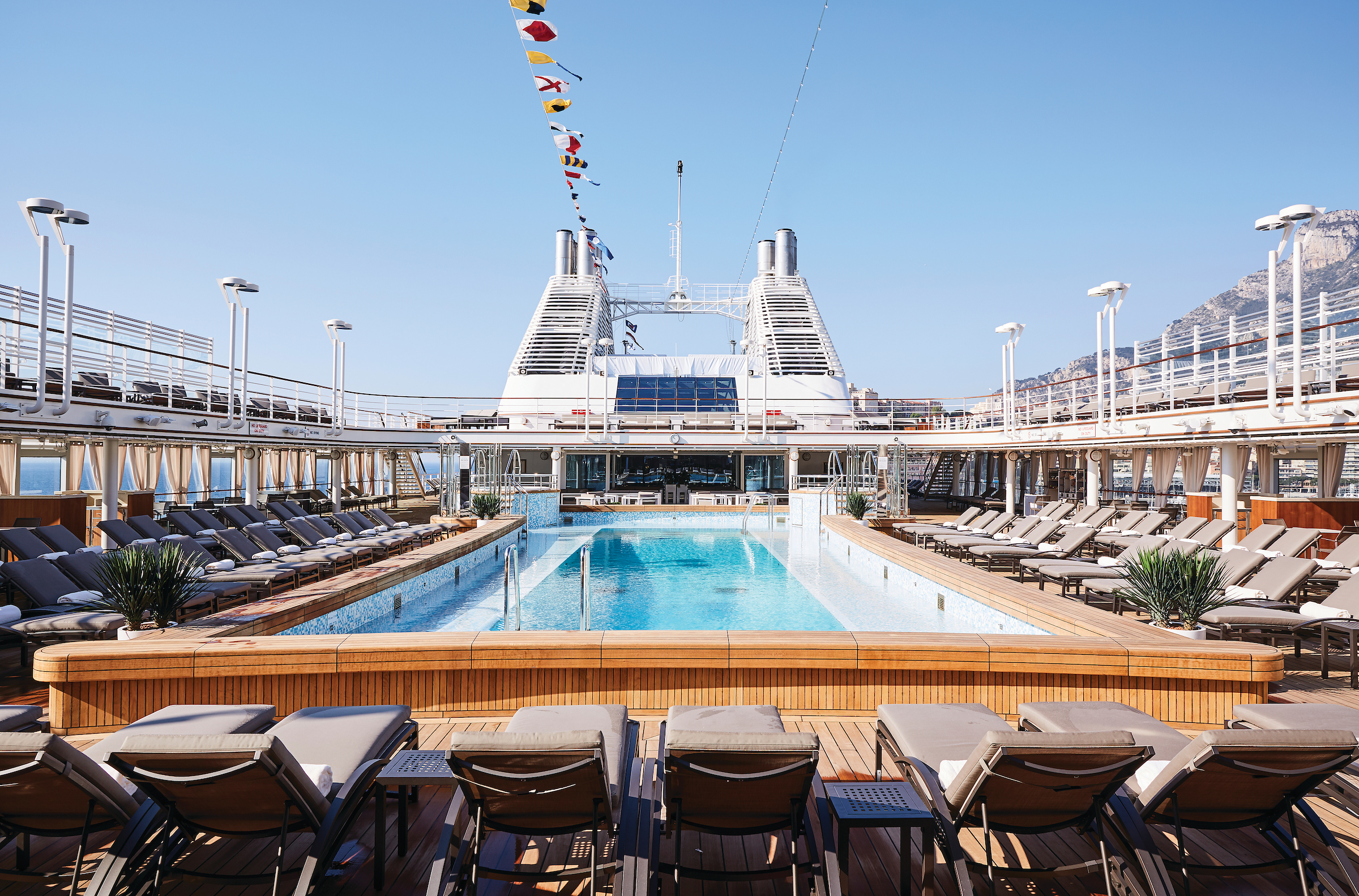
The epitome of open air living — defining how you enjoy the outdoors, this is the place to cool off, unwind and enjoy the sunshine. Take a dip in the pool, relax in one of the whirlpools or simply soak up the view from one of the sunbeds, while your pool attendant anticipates your every whim. A little more ice? Certainly. A plush towel to dry off with? Of course. With breathtaking landmarks gliding by, dive into the clear waters in a setting that is so idyllic that you will not want to disembark.
Images are intended as a general reference. Features, materials, finishes and layout may be different than shown.

Set on the highest level at the very top of the ship, this is a quiet space for reading and reflection while being dazzled by the undulating seascapes that are constituent to life on board. Borrow a book from the in-house library, read the papers or just embrace the tranquillity of being at sea.
Images are intended as a general reference. Features, materials, finishes and layout may be different than shown.
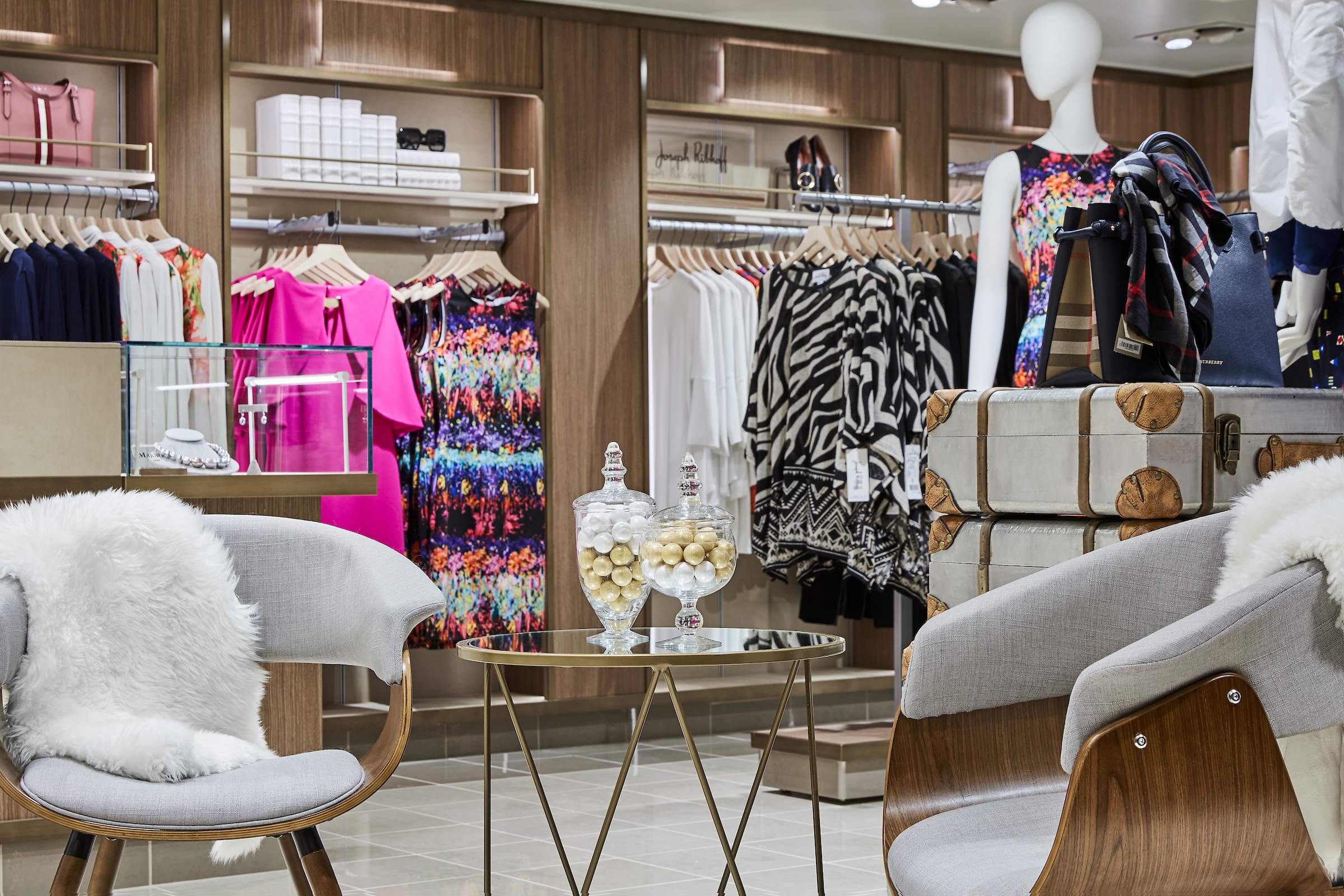
Exceptional shopping experiences do not end in the cosmopolitan cities we visit. Silversea’s striking new shipboard boutiques, reimagined and redesigned are stunning modern design spaces befitting the finest creations from legendary designers. Carefully selected partners onboard Silversea’s duty-free boutiques offers our guests a carefully curated selection of cutting edge fashions, jewelry, accessories, fine perfumes, cosmetics and Silversea Logo collection all at duty-free prices.
Images are intended as a general reference. Features, materials, finishes and layout may be different than shown.
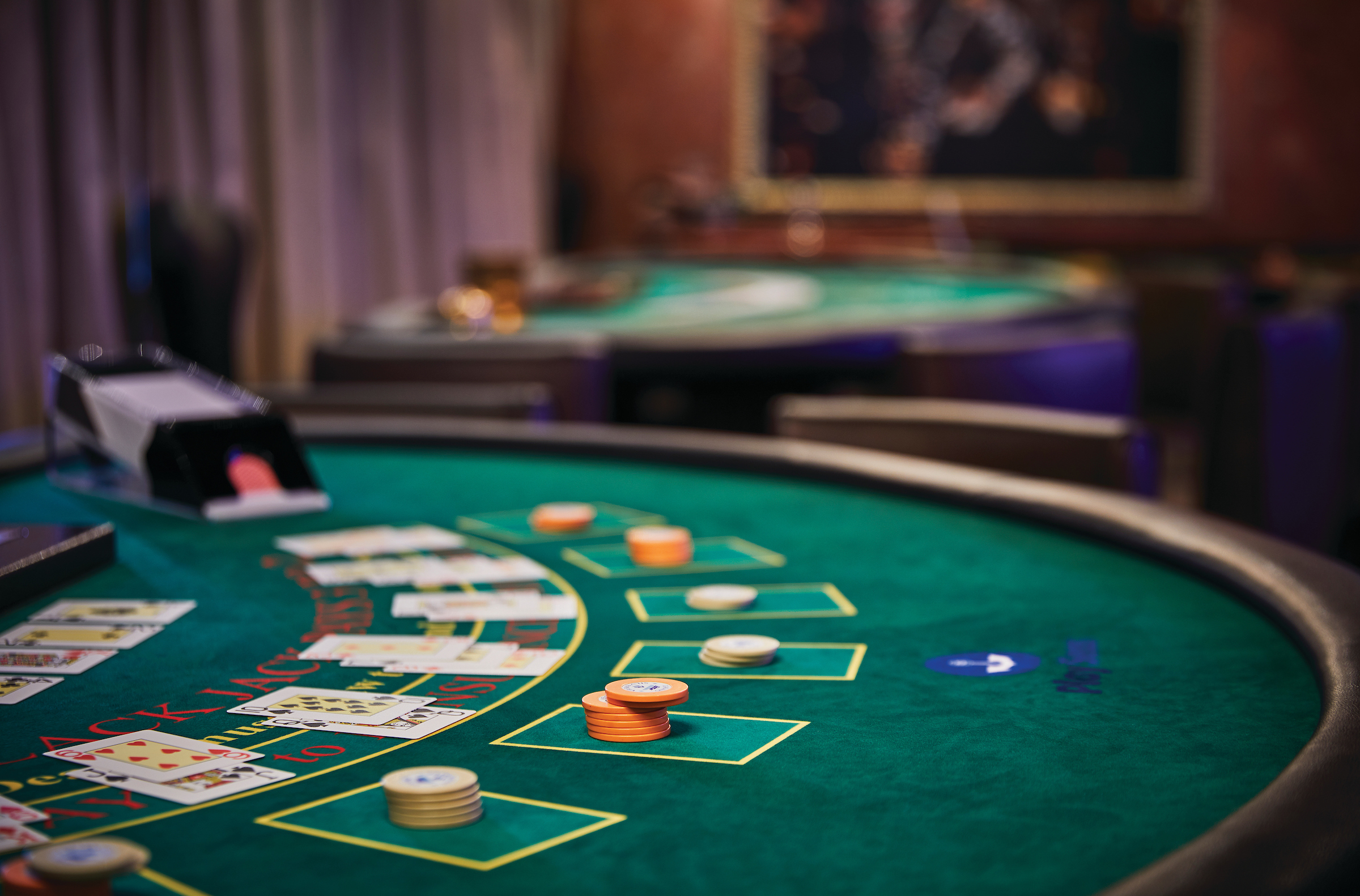
Let the fun begin! Channel your inner James Bond and enjoy a flutter at a variety of table games including American Roulette, Blackjack and Ocean Poker as Silver Dawn glides silently through the waves. An assortment of multi-game, multi-denominational reel and video slot machines are also available. Prepare yourself for a luxurious and exhilarating experience with every turn of a card and spin of the wheel. Game on!
Images are intended as a general reference. Features, materials, finishes and layout may be different than shown.

The grandeur and magic of music and theatre. The experience of being transported by performance. That satisfying feeling of seeing an evening show … Welcome to Venetian Lounge, a place where the arts of theatre and music meet with full-scale productions and feature films. Paying tribute to a golden age of glamour, Venetian Lounge offers belle-époque style cabaret seating, with intimate tables and chairs subtly placed between the rows of comfortable tiered banquettes. As the stage lights are dimmed, soak up the atmosphere, relax and enjoy a night of dazzling sights and sounds.
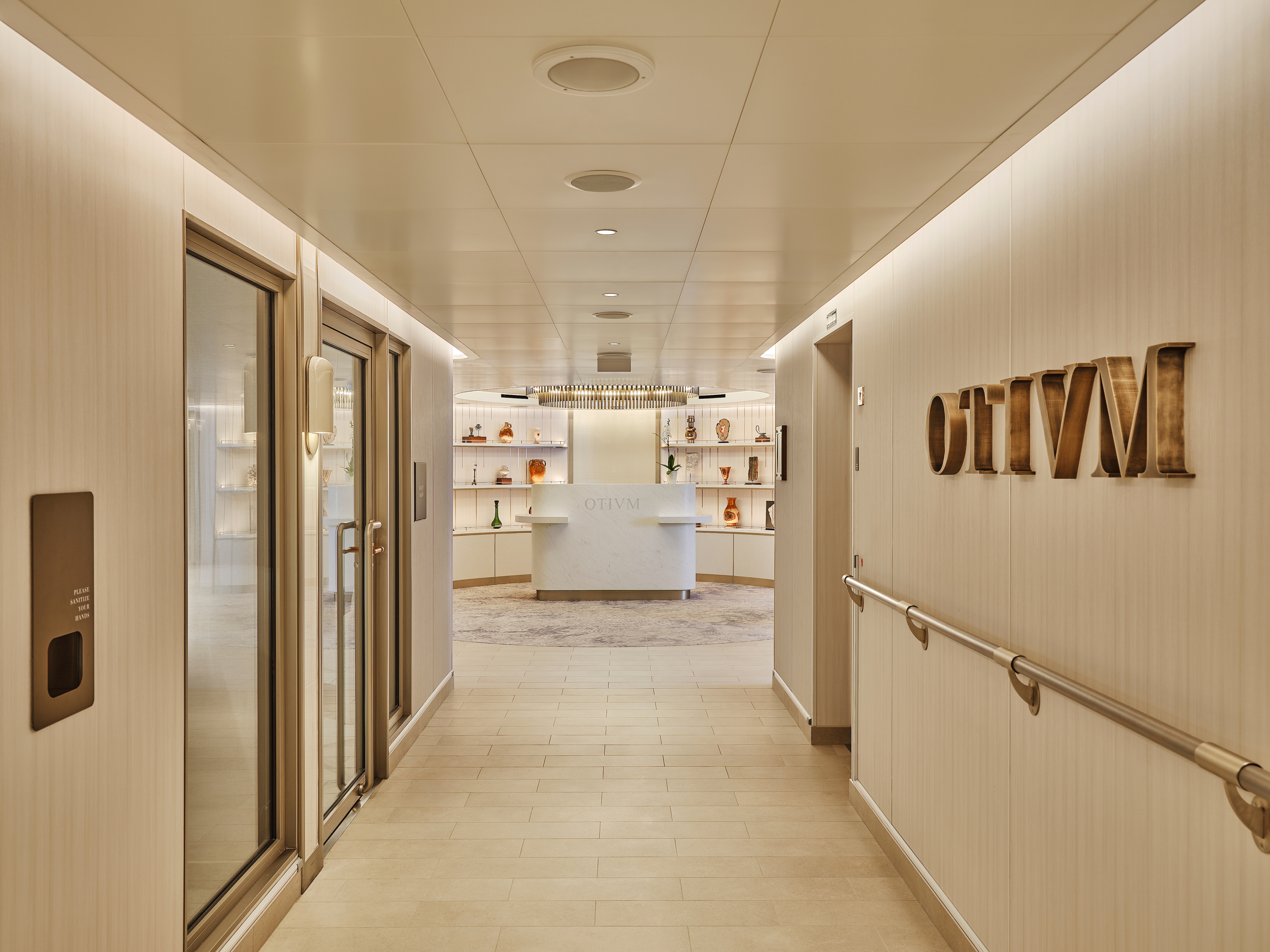
Finding relaxation is one the of the principle aims of taking a cruise, so why not join us in the Otium Spa for guaranteed indulgence? Turn off your phone, slip on your robe and get ready for a bit of me time. Whether you need to unwind with a massage, perk up your skin with a facial or work up a sweat in sauna and steam room, Otium Spa offers the very latest in beauty therapy. Make every day a special occasion in Otium Spa.
Images are intended as a general reference. Features, materials, finishes and layout may be different than shown.
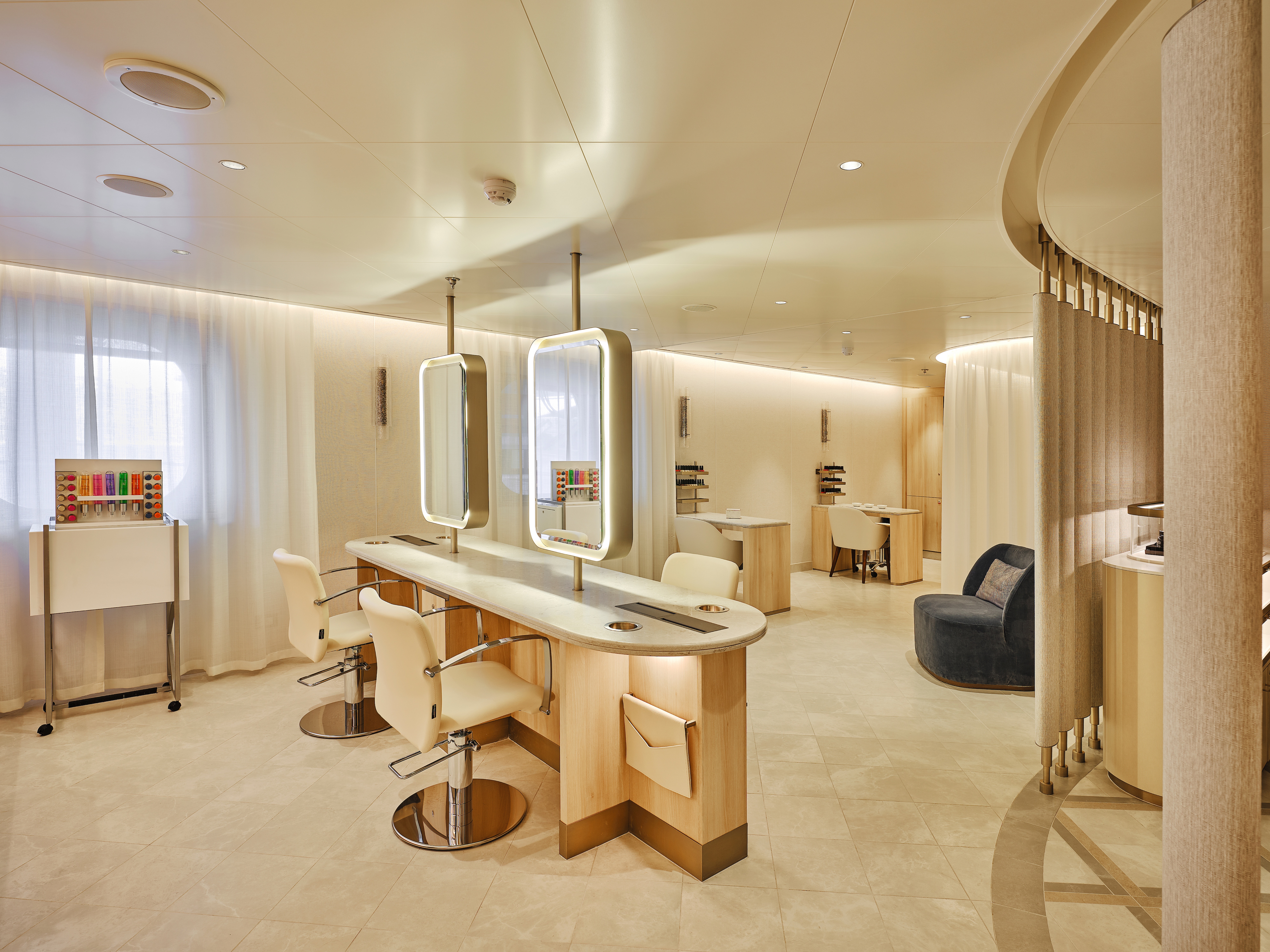
A full range of salon services including hairstyling, manicures and pedicures, is available on board this luxury cruise ship for both men and women. Appointments for these chargeable services may be made on board the ship, or in advance via My Silversea. Maintain the look of prestige travel while you cruise.
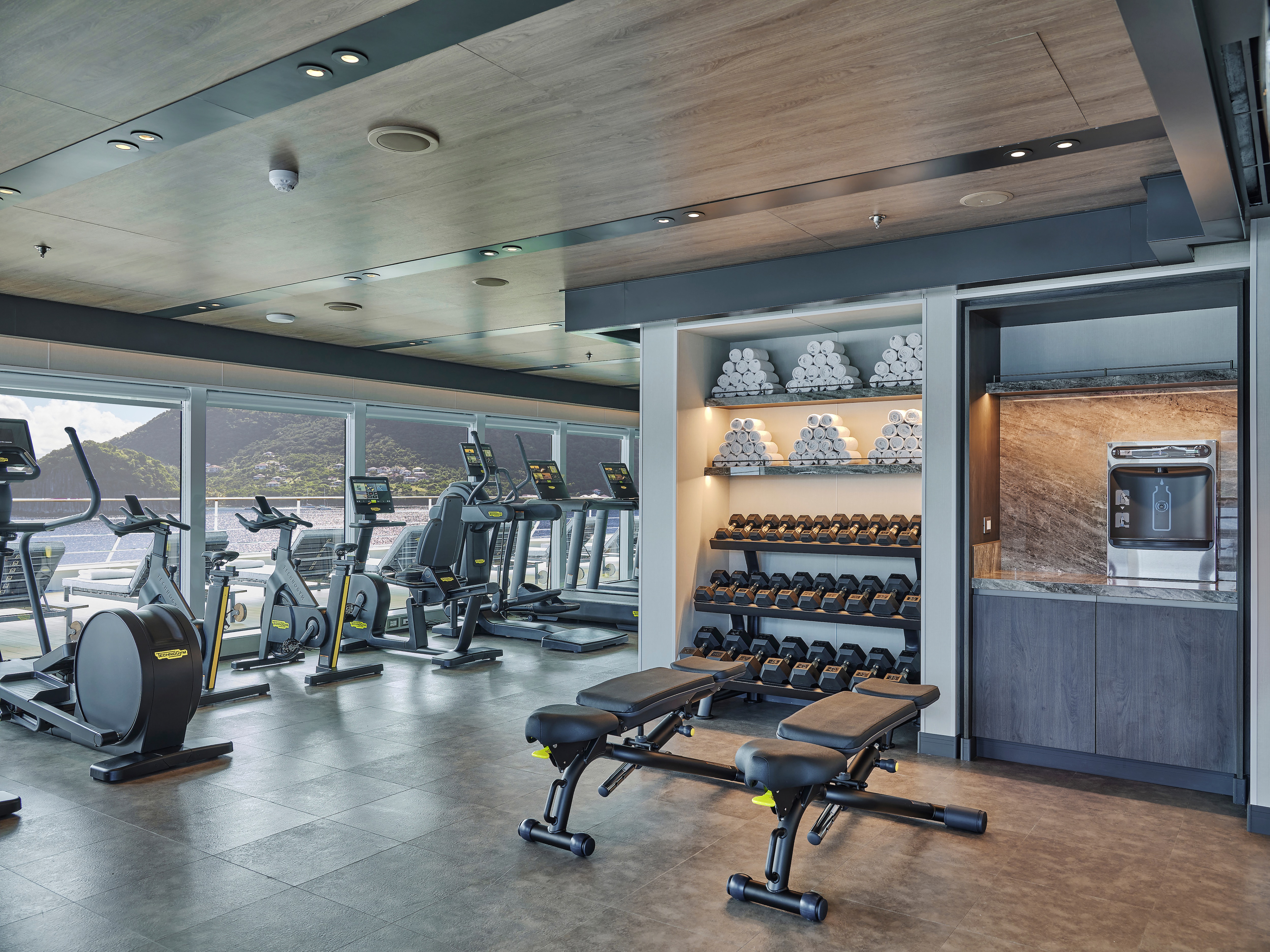
With state of the art Technogym® equipment, free weights and speciality classes, the Fitness Centre brings together elite design with programs that are specifically created for your body type and needs. With personal trainers available for individual sessions, training here is more a five-star experience for all levels of fitness and experience. And with the best view that you’ll ever get whilst working out, there are definitely no more excuses …
Images are intended as a general reference. Features, materials, finishes and layout may be different than shown.
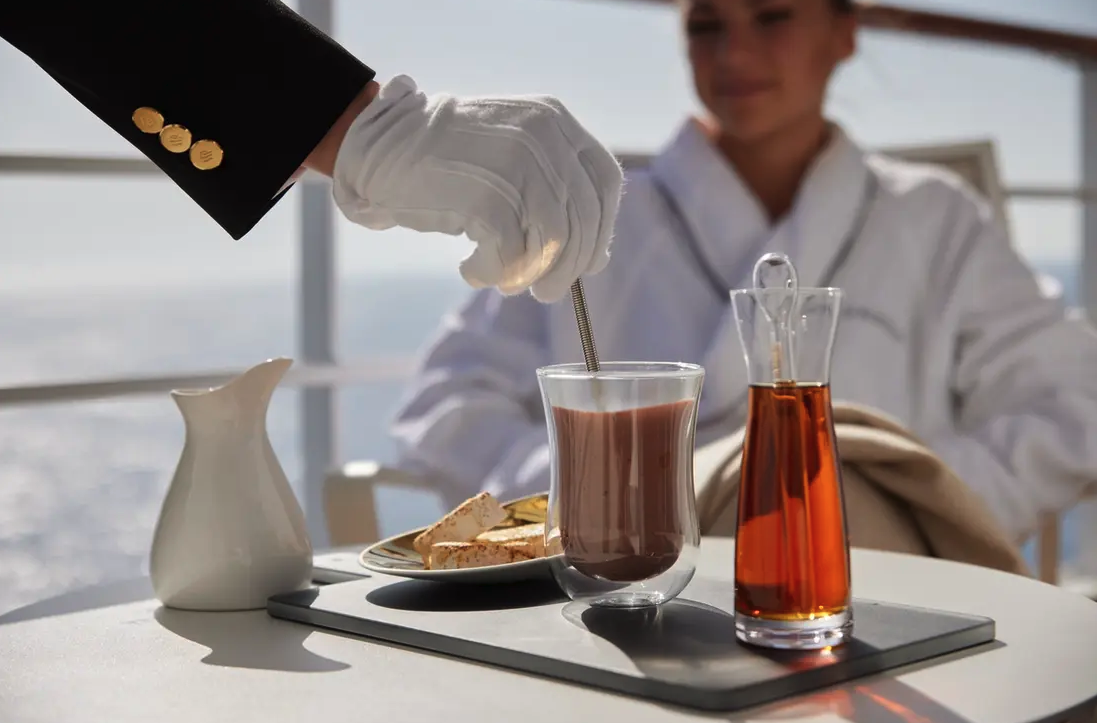
Enjoy Otium. Enjoy relaxation and wellness that goes from spa to suite. Enjoy the relaxing and indulgent world that makes every moment matter. In Otium, we believe that wellness and relaxation do not end in the spa, so we have extended our unique concept to permeate to all suites. Four tailor made in-suite experiences offer luxurious relaxation possibilities that are the embodiment of leisure and pleasure. Otium is far more than your average spa offering. Featured exclusively onboard Silver Dawn, with Otium you can dive deep, or float on the surface, it’s up to you. Debuting in Spring 2022.
The Otium Bathing Experience
Dissolve into the Otium bathing experience. Treat yourself to some well-deserved solitude with this indulgent addition to your voyage. No words can accurately describe this opulent experience. Perfect temperature bath water, comfortable back and neck pillows and bespoke bath salts from the Otium menu are just the beginning. Add candles, low level lighting, a delicious selection of delicacies to pamper the taste buds and the Otium music menu and we think you’ll agree that we have designed a superlative experience to soothe both body and mind.
The Otium Balcony Experience
We have curated three superb moments that promise deep immersion in your destination, from the comfort of your very own veranda. Each of the three moments is destination driven, depending on where you find yourself in the world. For sun lovers, enjoy “Under the Sun” – an enhanced your sun-bathing session that will pamper and protect in equimeasure! “Baby it’s cold outside” will bring extra-warmth during cold evenings and chilly climates with cashmere blankets and the first hot chocolate menu at sea. Finally, make your balcony your own, with personalisation with food and snacks by your butler.
The Otium Comfort Food Experience
“Food and Chill” takes our in-suite dining menu to a whole new level. Not only will the Otium Food and Chill experience feature all your favourite dishes from the on board restaurants – ideal for those who want to stay in to dine out, but this experience will also feature a selection of dining options designed to temp your tastebuds. Finally, the Movie experience will add a touch of class to your after dinner relaxation. Have luxury popcorn and nibbles delivered to your suite for an indulgent snack as you enjoy your insuite movie menu.
The Otium Sleeping Experience
Isn’t it time you became a successful sleeper? With the Otium Sleeping experience, you can choose a pillow from our vast pillow menu, curl up on 400 thread-count Egyptian cotton linens crafted exclusively for Silversea by Rivolta Carmignani and melt into a bespoke Otium mattress, designed exclusively for the ultimate sleeping experience at sea. What’s more, you can even ask your butler for our signature Otium sleeping scent, so ensure that you have the most restorative rest possible. Take a holiday from your alarm clock and enjoy the best night’s sleep of your life.
During the day, casual wear, similar to five-star resort sportswear, is suitable for most activities. It is recommended to wear flat or low-heeled shoes on deck.
After 6 pm, our Evening Dress Code applies; jeans, shorts, sneakers, or flip-flop-type footwear are prohibited in indoor spaces.
TWO EVENING TYPES:
1. Elegant Casual
Ladies may opt for trousers, a blouse, skirt, or casual dress. Gentlemen may wear an open-collar shirt and slacks. A jacket is optional.
2. Formal Optional
Ladies may choose an evening gown or cocktail dress. Gentlemen should wear a tuxedo, dinner jacket, or dark suit with a tie. Adhering to our Elegant Casual dress code is also welcomed, but a jacket is still required for gentlemen when indoors
FORMAL OPTIONAL NIGHTS PER SAILING:
- 7 days or less – No Formal Optional night
- 8 to 14 days – 1 to 2 Formal Optional nights
- 15 days or more – 2 or more Formal Optional nights
Wheelchair guests must bring their own collapsible wheelchair. Please note that not all shore excursions are suitable for guests with impaired mobility. Silversea strongly recommends wheelchair guests travel with someone who is able to assist them both ashore and at sea as Silversea may be unable to offer special assistance. Please note that wheel-on and/or wheel-off access may not be available at some ports-of-call. Silversea reserves the right to deny boarding to any guest who failed to notify Silversea of such requirement at the time of booking.
All guests are required to report in writing to Silversea at the time their reservation is made:
- Any physical or mental condition that may require medical or professional treatment or attention during the voyage
- Any condition that may render the guest unfit for travel, or that may require special care or assistance
- Any condition that may pose a risk or danger to the guest or anyone else on board the ship
- Any condition that may require oxygen for medical reasons
- Any intention or need to use a wheelchair aboard ship.
If you have special dietary requirements, Silversea will make every attempt to accommodate your requests. Please advise Silversea of your needs on the Guest Information Form at least 75 days prior to sailing. Notification should be sent to specialservices@silversea.com
Each Silversea ship is equipped with a Medical Centre, which is staffed by a doctor and nurse on 24-hour call when at sea. When docked, supplementary emergency care may also be obtained through local medical facilities. Guests may be charged for medical services and for medications used for their medical treatment. The Medical Centre is not intended or designed to provide on-going treatment of pre-existing conditions or for extended critical care, and Silversea is not responsible for the diagnosis, treatment or services furnished by shipboard medical personnel.
Silversea cruise guidelines state that children under the age of 18 must be accompanied, in the same or connecting suite, by a parent or other responsible adult over the age of 21 for the duration of the voyage. If the adult accompanying the minor is not their parent, a parental consent guardianship form must be signed by a parent or legal guardian and received by Silversea prior to sailing. Please contact our Special Services Department at SpecialServices@Silversea.com for a Parental Consent Form. Guests must be 21 years of age or older to purchase or consume alcohol. Silversea reserves the right to refuse to serve anyone who in its sole judgment may be under the influence of alcohol, or for any reason necessary in its judgement to preserve the health and safety of guests and employees.
Silversea cannot accommodate infants less than six months of age and reserves the right to limit the number of children less than three years of age (Silver Explorer, Silver Cloud and Silver Wind cannot accommodate infants under the age of 1 year, Silver Origin cannot accommodate children under the age of 5 years). Parents are required to sign a notarised waiver prior to sailing in order to grant a valid booking for children ages between 6 months and 1 year old. A signed and notarised waiver will be required for all children between these ages. Although Silversea accepts guests over the age of 6 months (over the age of 1 year for Silversea Expeditions), there are no special programmes for children on board our luxury cruise ships, and Silversea does not provide for the care, entertainment or supervision of children. Silversea reserves the right to limit the number of children less than 3 years of age.
Children under the age of 8 years old are only permitted to participate in suitable Silver Shore Excursions / shuttle service if the vehicles are equipped with the correct safety harness and seating equipment. Child harnesses and secure seating cannot be guaranteed. Silversea reserves the right to refuse children under the age of 8 years old on any tour on the basis of safety. Guests may use their own approved safety seat, booster seat or harness provided they are compatible with the local touring vehicle and can properly secure the child.
In addition, the Zodiacs used for Silversea Expeditions are unable to accommodate children younger than 5 years of age. As Silversea does not provide babysitting services, an adult family member will be required to remain on board with their child(ren) during Zodiac excursions.
At Silversea, the comfort, enjoyment and safety of all guests is paramount. To ensure a pleasant and safe environment, smoking is prohibited in most public areas, guest suites or suite balconies. However, cigarette, e-cigarette, cigar, pipe and vaporizer smoking is permitted in the Connoisseur’s Corner both indoors and outdoors (where applicable). In addition, cigarette, e-cigarette and vaporizer smoking is permitted in specifically designated outside areas and tables:
- Silver Nova, Silver Ray: Dusk Bar (port side);
- Silver Muse, Silver Spirit: Panorama Lounge (port side) and Pool Grill (port side);
- Silver Moon, Silver Dawn: Panorama Lounge (starboard side) and Pool Grill (port side);
- Silver Shadow, Silver Whisper: Panorama Lounge (starboard side) and Pool Grill (starboard side);
- Silver Cloud, Silver Wind: Panorama Lounge (port side) and Pool Grill (port side);
- Silver Origin: on open deck 4 aft;
Silversea kindly requests that all guests observe the non-smoking areas.
Complete valet services, including laundry, pressing and wet cleaning, are available at an additional charge and may be arranged through your butler. Laundry service is complimentary for certain suite categories and for those Venetian Society members who have reached certain reward levels. A self-service launderette offers washing machines, dryers, irons and laundry supplies, allowing you to limit the amount of cruise luggage needed, especially for longer voyages.
All Silversea ships are equipped to offer wireless (Wi-Fi) Internet access. You can use your own laptop to surf the Internet and check emails at Wi-Fi locations throughout the ship, or from the comfort and privacy of your suite. Computers, email and Internet access are also available on board at the Internet Café. However, it is important to understand that telecommunication services while at sea are via satellite and significantly different than high-speed connections on land back home. The signal travels in a similar manner to radio waves but at much greater distances. Therefore, onboard Internet access is not guaranteed at all times. Satellite communications are also affected by weather and the ship’s location. In particular, Internet service is extremely sporadic while in the Arctic. Guests aboard expedition cruises to/from Svalbard should be prepared to be out of communication for the duration of their time on board. (Please be assured that Silver Explorer always has emergency communication capabilities.)

- Observation Library
- Spaccanapoli
- Jogging Track
- Silver Suites
- Elevator

- Pool Deck
- Pool Bar
- Launderette
- The Grill
- Whirlpool Area
- Silver Suite
- Elevator

- Panorama Lounge
- Connoisseur’s Corner
- Connoisseur’s Outdoor Area
- Launderette
- Owner’s Suite
- Panorama Suite
- Silver Suite
- Superior Veranda Suite
- Grand Suite
- Elevator

- Arts Café
- Boutique
- La Dame
- Launderette
- Deluxe Veranda Suite
- Superior Veranda suite
- Grand Suite
- Elevator

- La Terrazza
- Silver Note
- Casino
- Launderette
- Royal Suite
- Superior Veranda Suite
- Deluxe Veranda Suite
- Elevator

- Otium Spa
- Fitness Centre
- Relaxation Area
- Beauty Salon
- Launderette
- Deluxe Veranda Suite
- Classic Veranda Suite
- Elevator

- Reception/Guest Relations
- Shore Concierge
- Dolce Vita
- Venetian Lounge
- Future Cruise Sales
- Launderette
- Cruise Consultant
- Classic Veranda Suite
- Elevator

- Atlantide
- Kaiseki
- S.A.L.T Kitchen
- S.A.L.T Bar
- S.A.L.T Lab
- Vista Suite (3x Accessible)
- Elevator

